Vision Calibration: A Scientific Way to Reverse Myopia
Vision Calibration is a practice system to naturally improve vision.
Most people believe you can’t reverse myopia (near-sightedness). Most people believe myopia is a permanent, incurable disease that gets worse as we age.
In this essay, I’ll make a case that you can improve your vision just by calibrating your vision by changing your visual environment. I’ll support my case by citing published, peer-reviewed, scientific articles.
This essay is structured into 3 sections:
- What causes Myopia
- What is a visual environment
- How to use Vision Calibration to reverse myopia
1. What Causes Myopia
Your eye is made up of many parts.
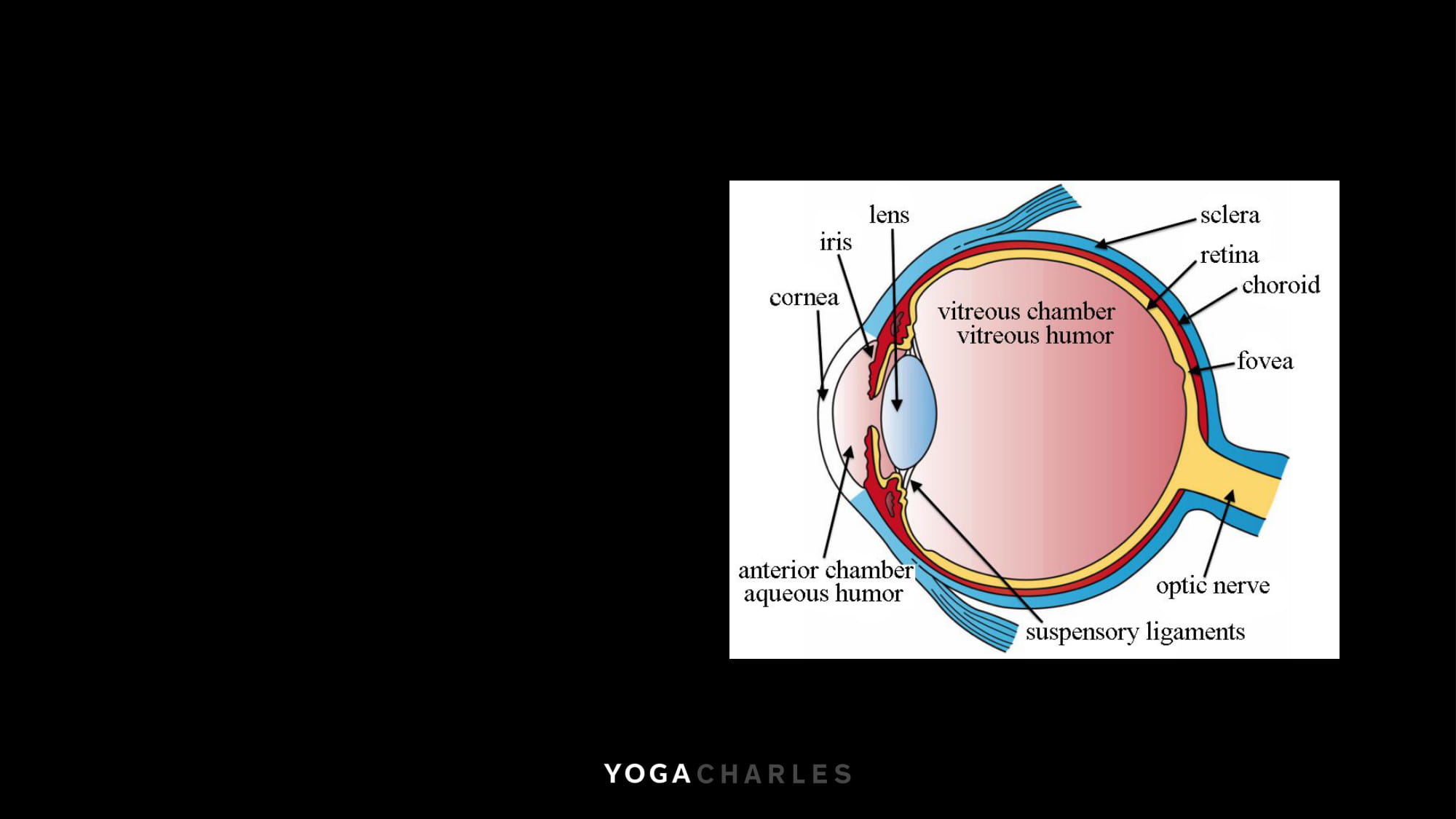
2 parts influence how your eye focuses light: lens and eyeball
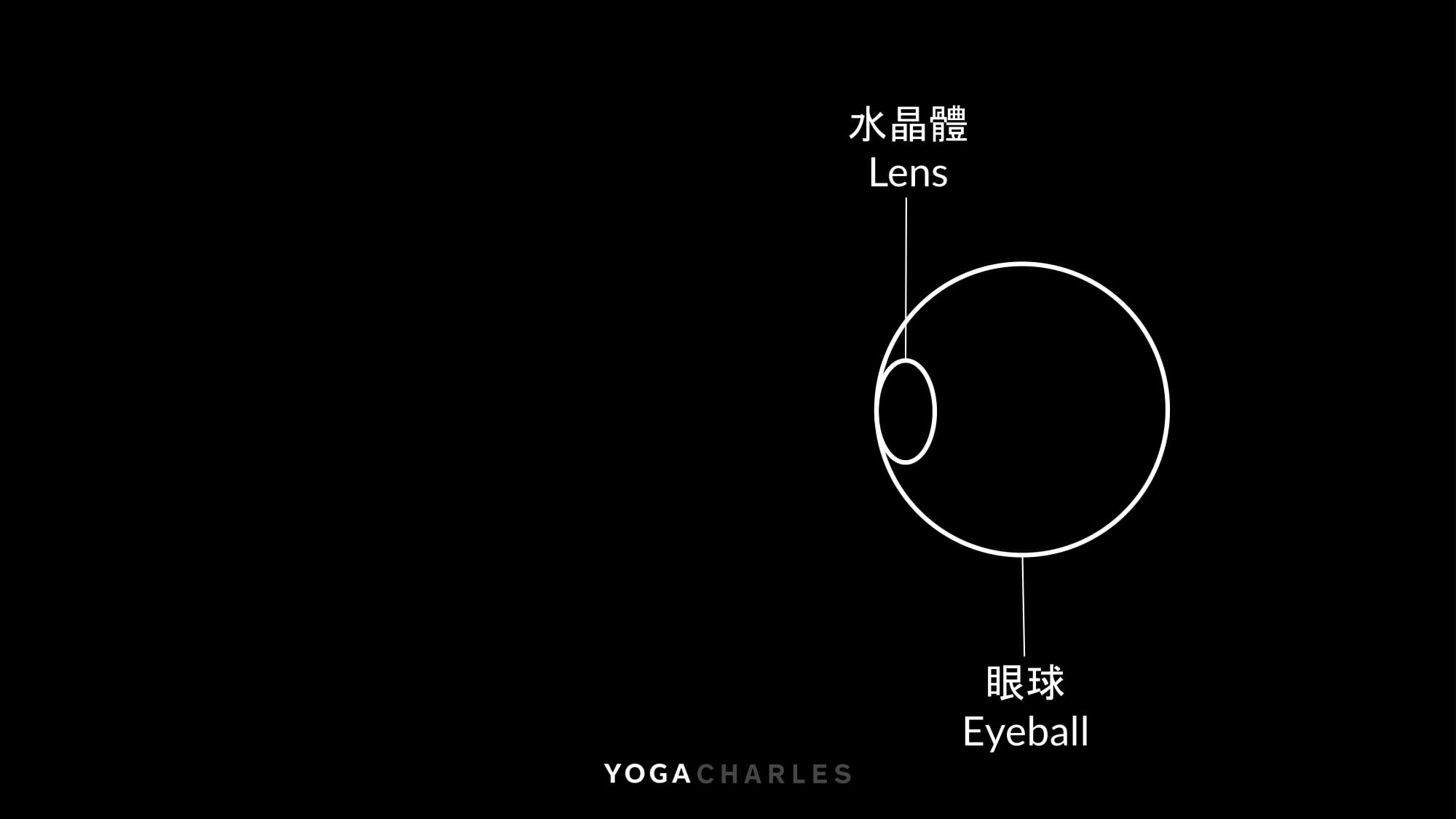
The lens can change shape. The shape can become thin or thick.
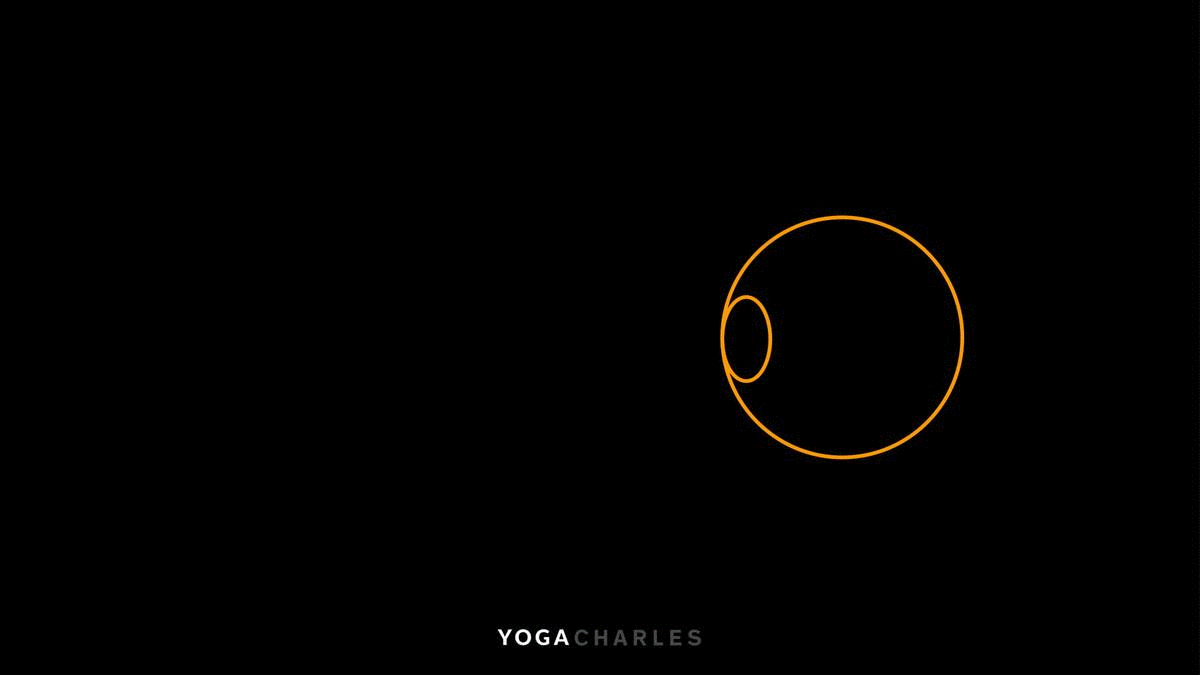
The eyeball can also change shape. The eyeball can become short or long.
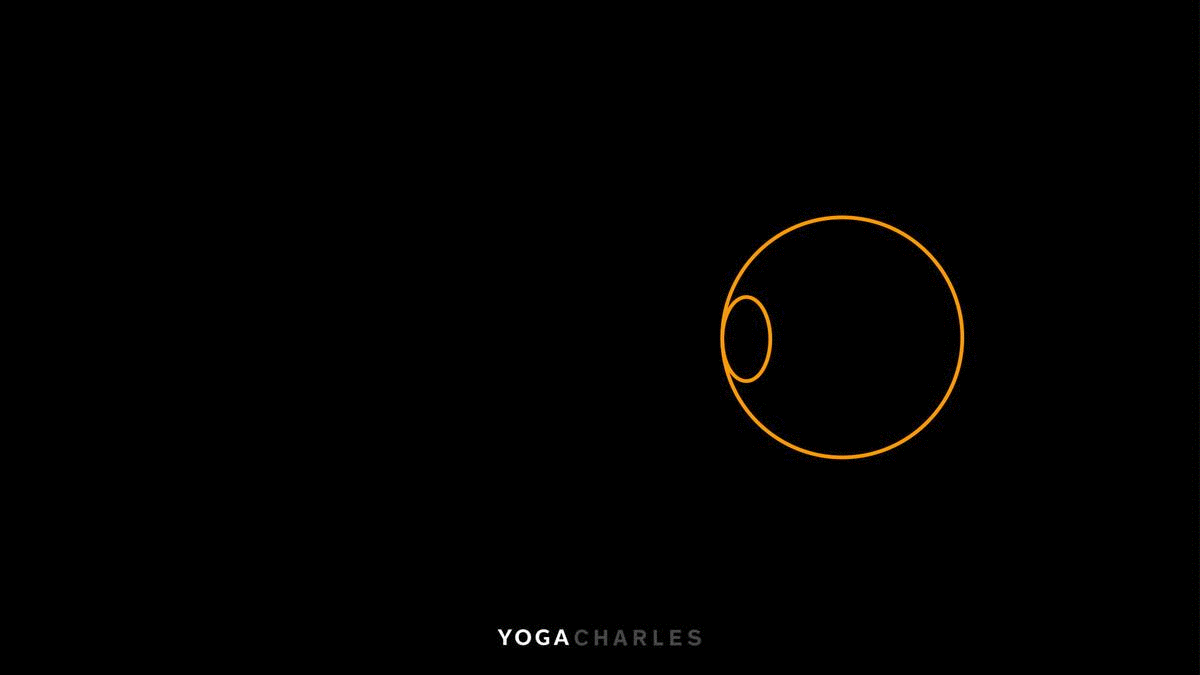
The shape of the lens can quickly change in less than 1 second.
The shape of the eyeball can slowly change after 40 minutes.
The shape of the lens is more flexible than the shape of the eyeball.
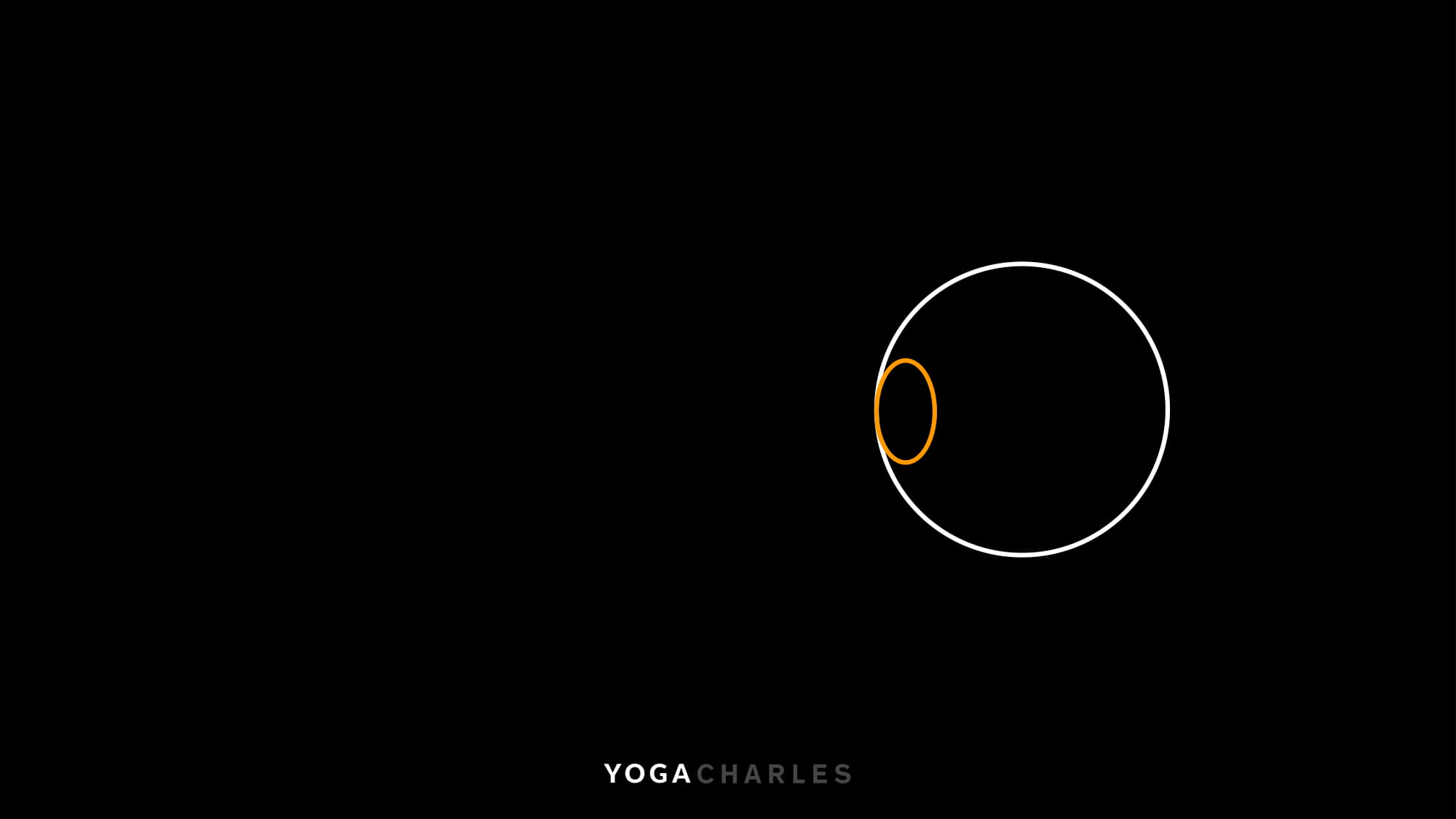
When you look at a close object, your lens becomes thick.
Light passes through the lens and the eyeball and gets focused.
If the focus point is on the back of the eyeball, the image is clear.
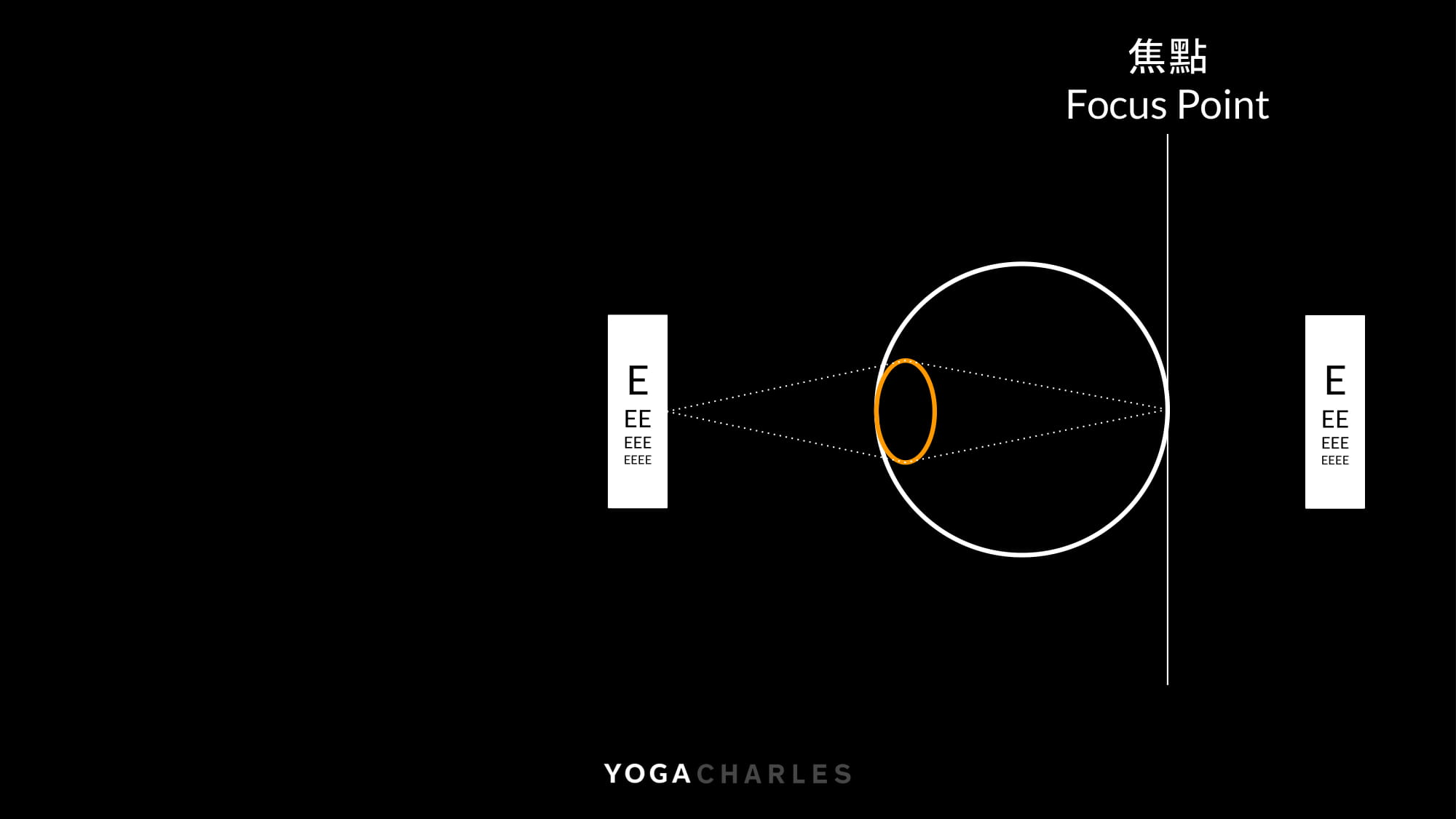
When you look at a far object, your lens becomes thin.
If the focus point is on the back of the eyeball, the image is clear.
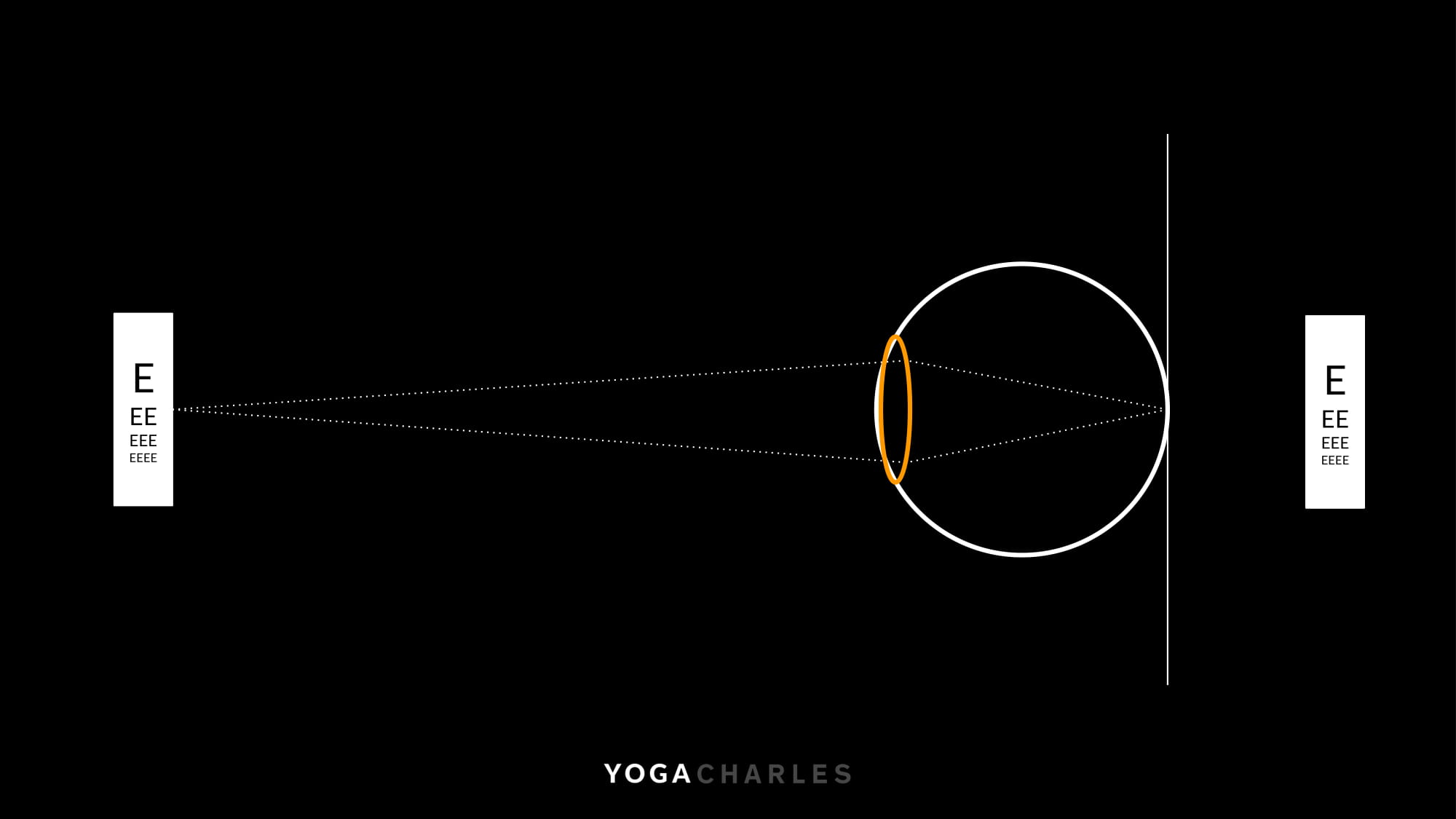
If the focus point is not on the back of the eyeball, the image is blurry.
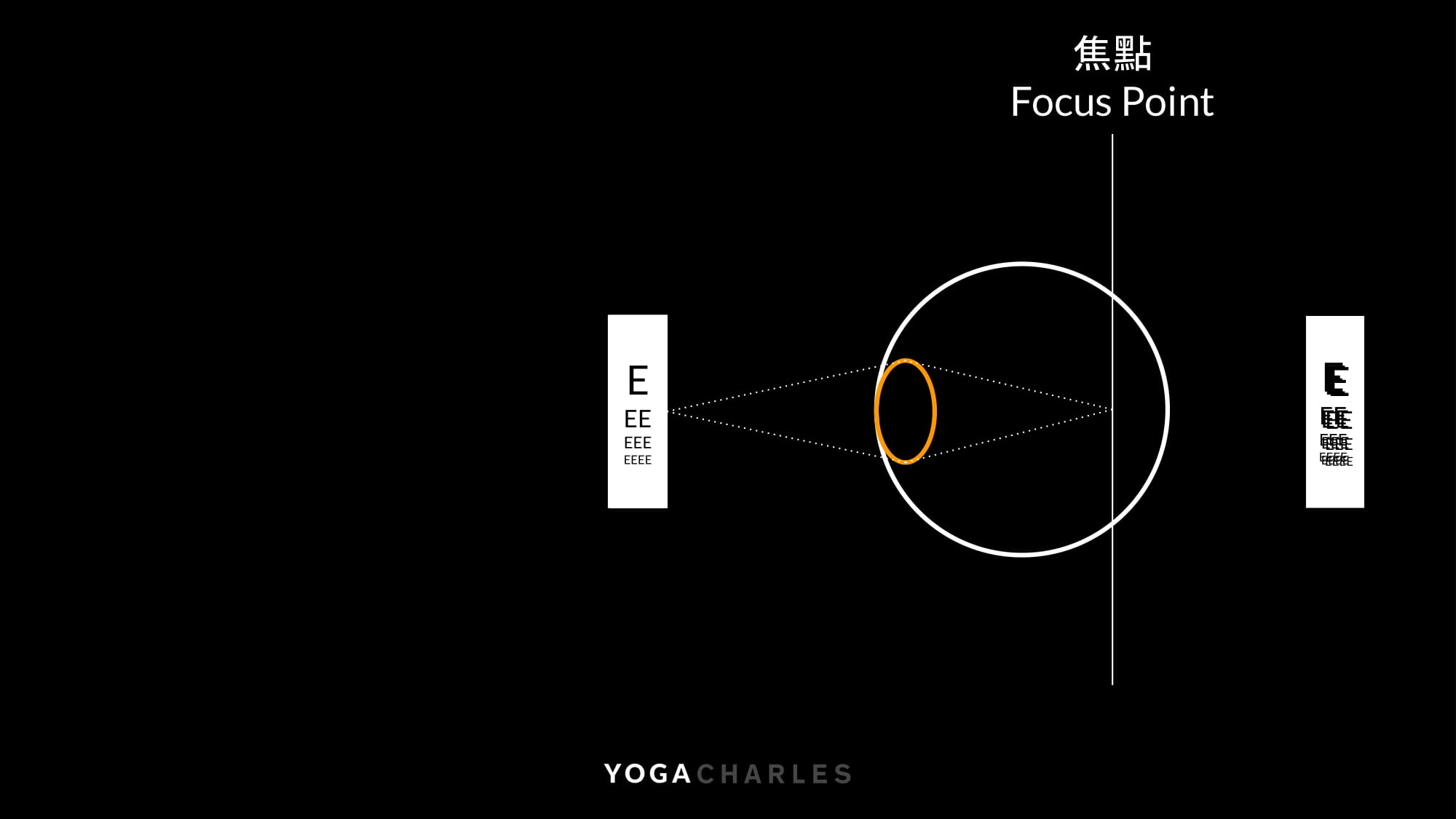
The Ciliary Muscles control the shape of the lens.
When you spend a lot of time looking at close objects, the Ciliary Muscles can spasm and lock-up.
When the muscles lock-up, the lens remains thick.
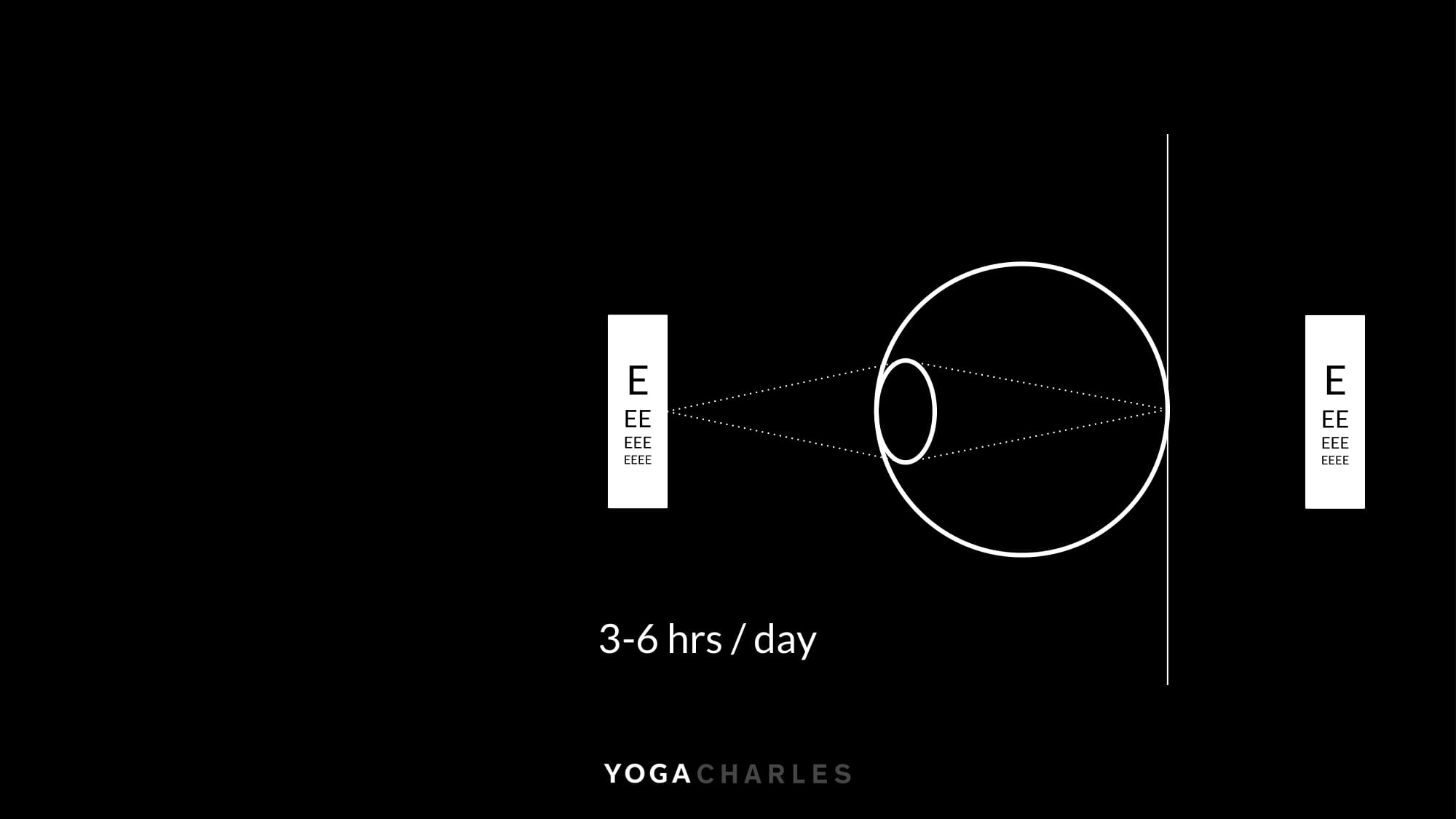
When you look at a far object with a thick lens, light is not focused at the back of the eyeball, resulting in a blurry image.
This is a temporary state and is considered temporary near-sightedness (Pseudomyopia).
At this point, the shape of the eyeball has not changed yet.
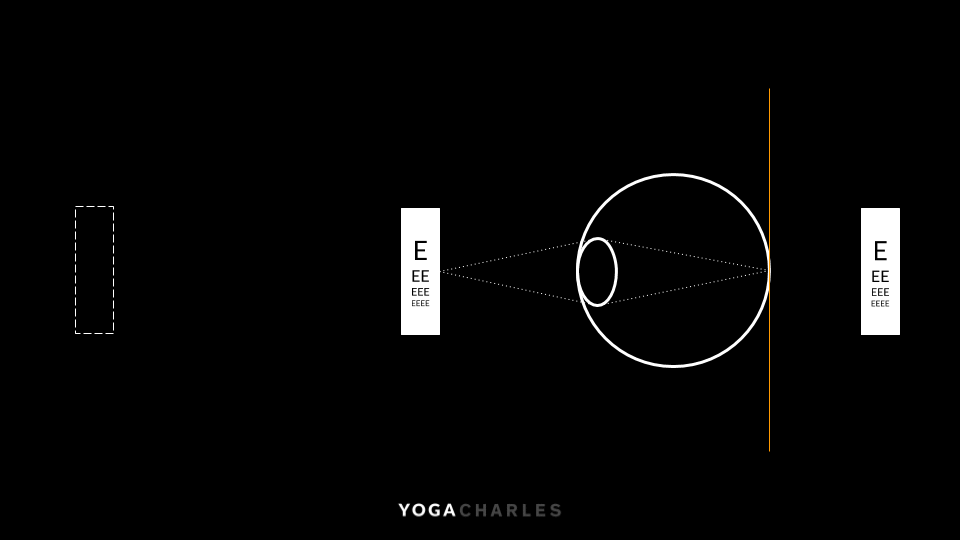
When far objects look blurry, most people visit an optometrist and take a vision exam.
When they fail the vision exam, they get prescribed a set of distance glasses.
When you wear distance glasses to look at far objects, light is focused at the back of the eye, the image is clear.
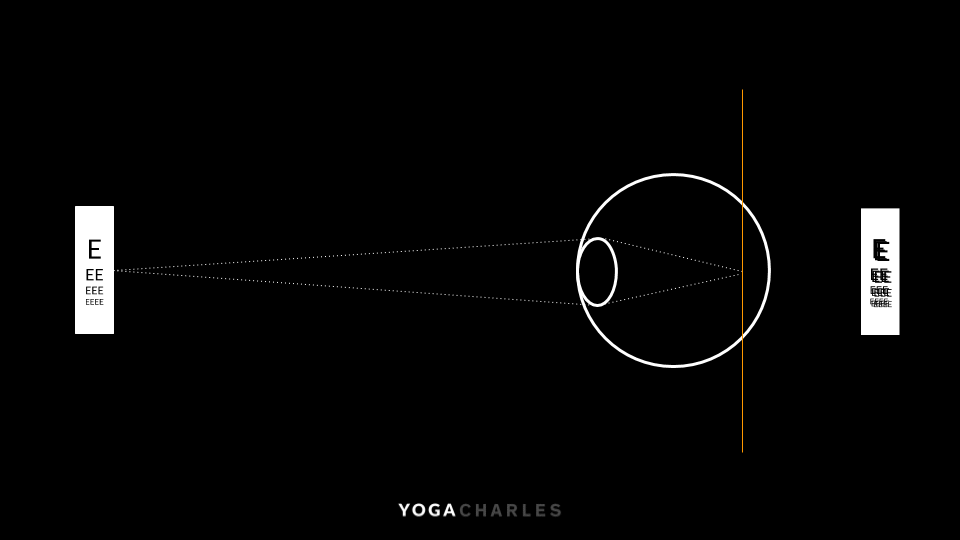
When you wear distance glasses to look at near objects, light is focused behind the eyeball, the lens and eyeball tries to change shape to accommodate.
Since the Ciliary Muscles are still locked-up, the shape of the eyeball is forced to slowly change.
You may remember how uncomfortable you felt when you wore glasses for the first time.
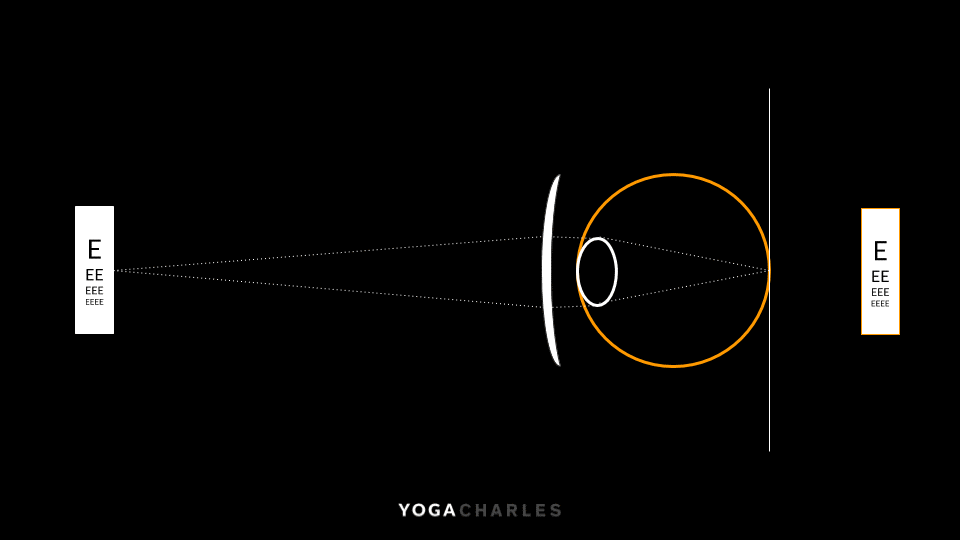
When the eyeball changes shape, temporary nearsightedness (Pseudomyopia) become chronic (Myopia).
After 1-3 years, the shape of the lens and eyeball adapts to using distance glasses to look at close objects.
The eyeball becomes long. The Ciliary Muscles remain locked up. The lens remains thick.
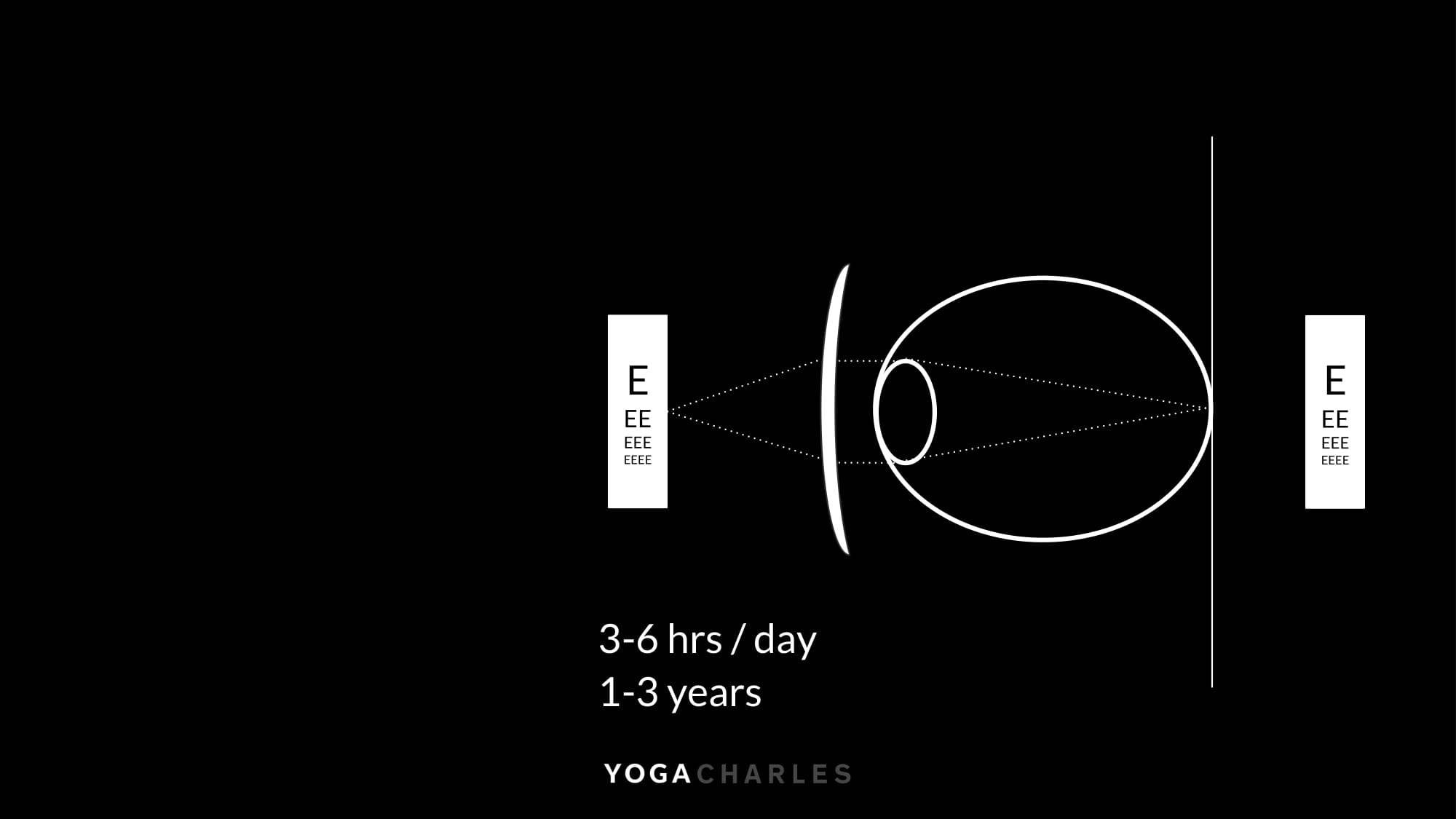
Far objects start to look blurry again because the light is not focused at the back of the eyeball, leading to another visit to an optometrist.
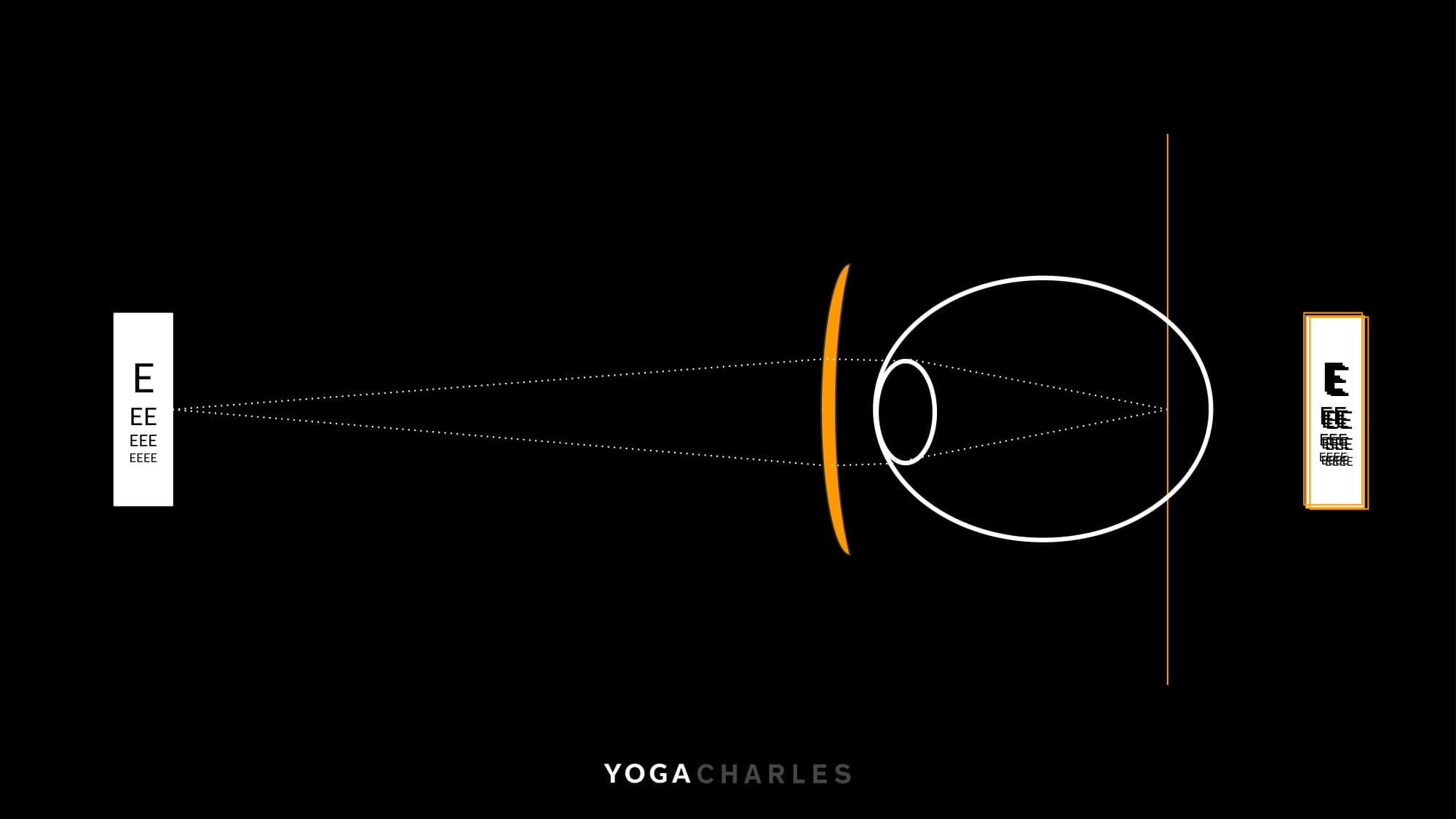
This leads to another failed vision exam.
They get prescribed a stronger set of distance glasses.
When you look at far objects, these distance glasses to help focus light at the back of the eyeball. However…
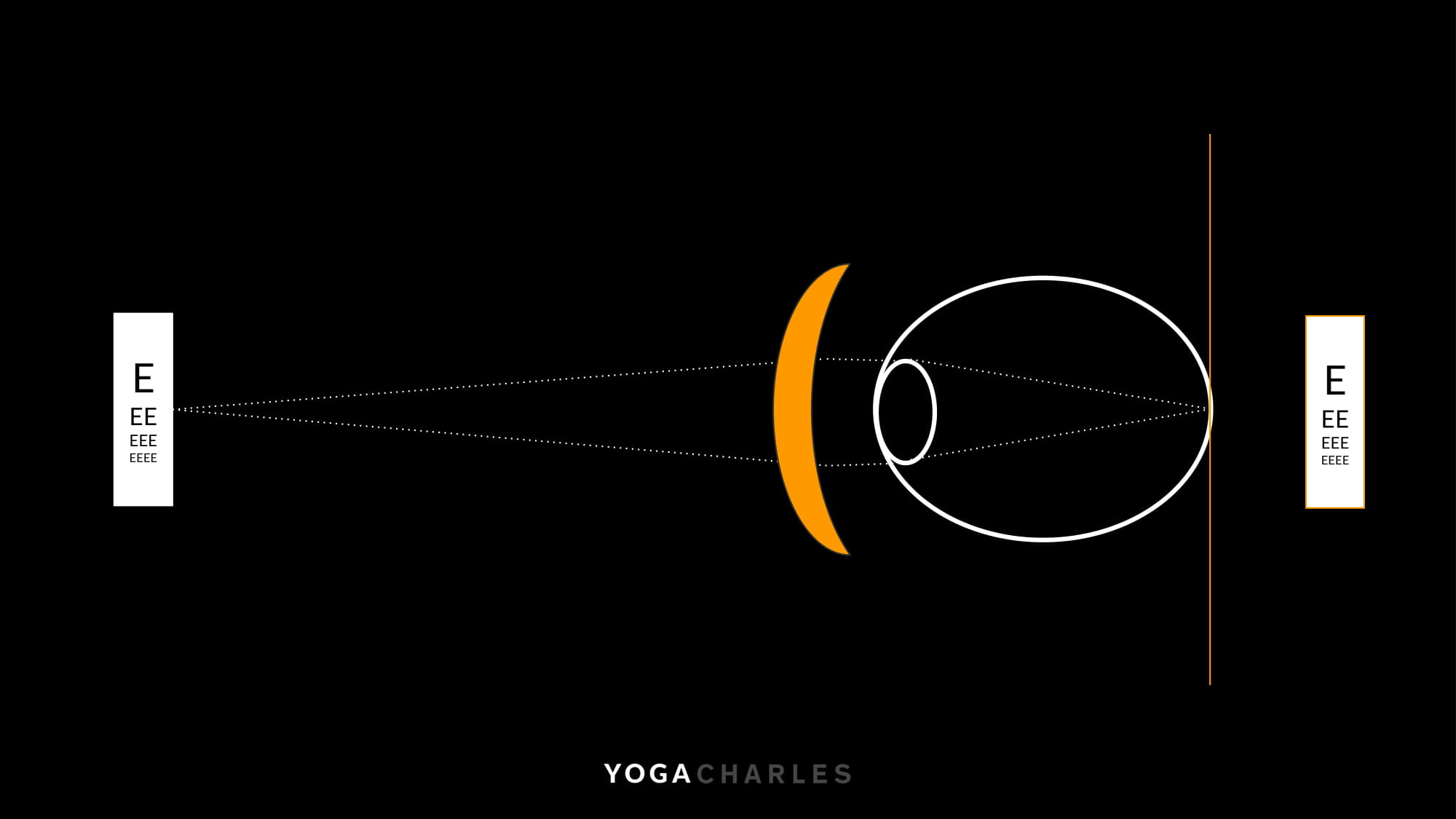
When you use the distance glasses to look at close objects, the focus point is, once again, moved behind the eye ball.
The lens and eyeball, once again, changes shape to accommodate.
After 1-3 years, many get blurry distance vision again and end up with an even stronger prescription.
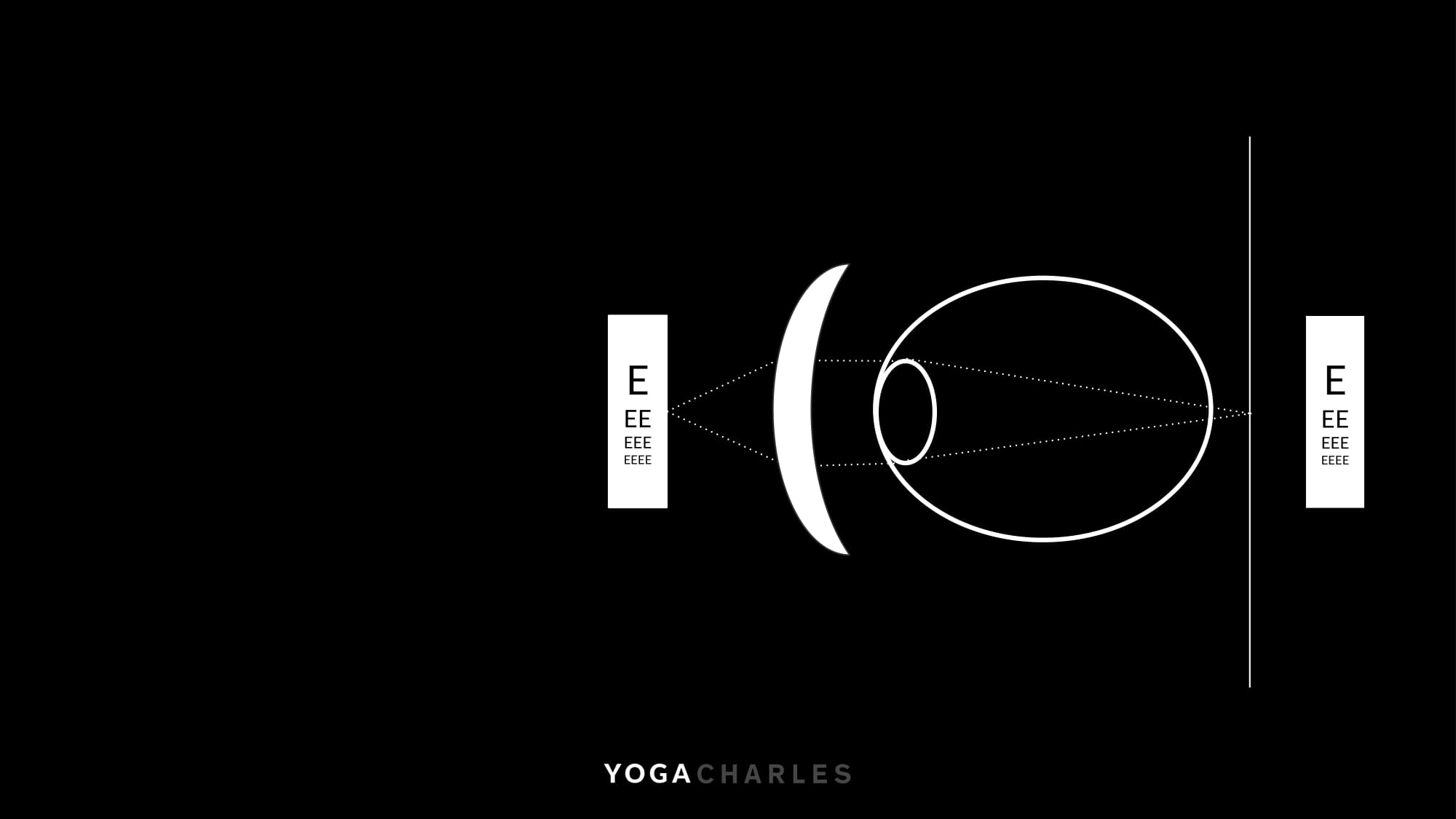
The following quote captures the problem of getting over-prescribed glasses:
A permanent solution to a temporary problem is a permanent problemYoga Charles
2. What is a Visual Environment
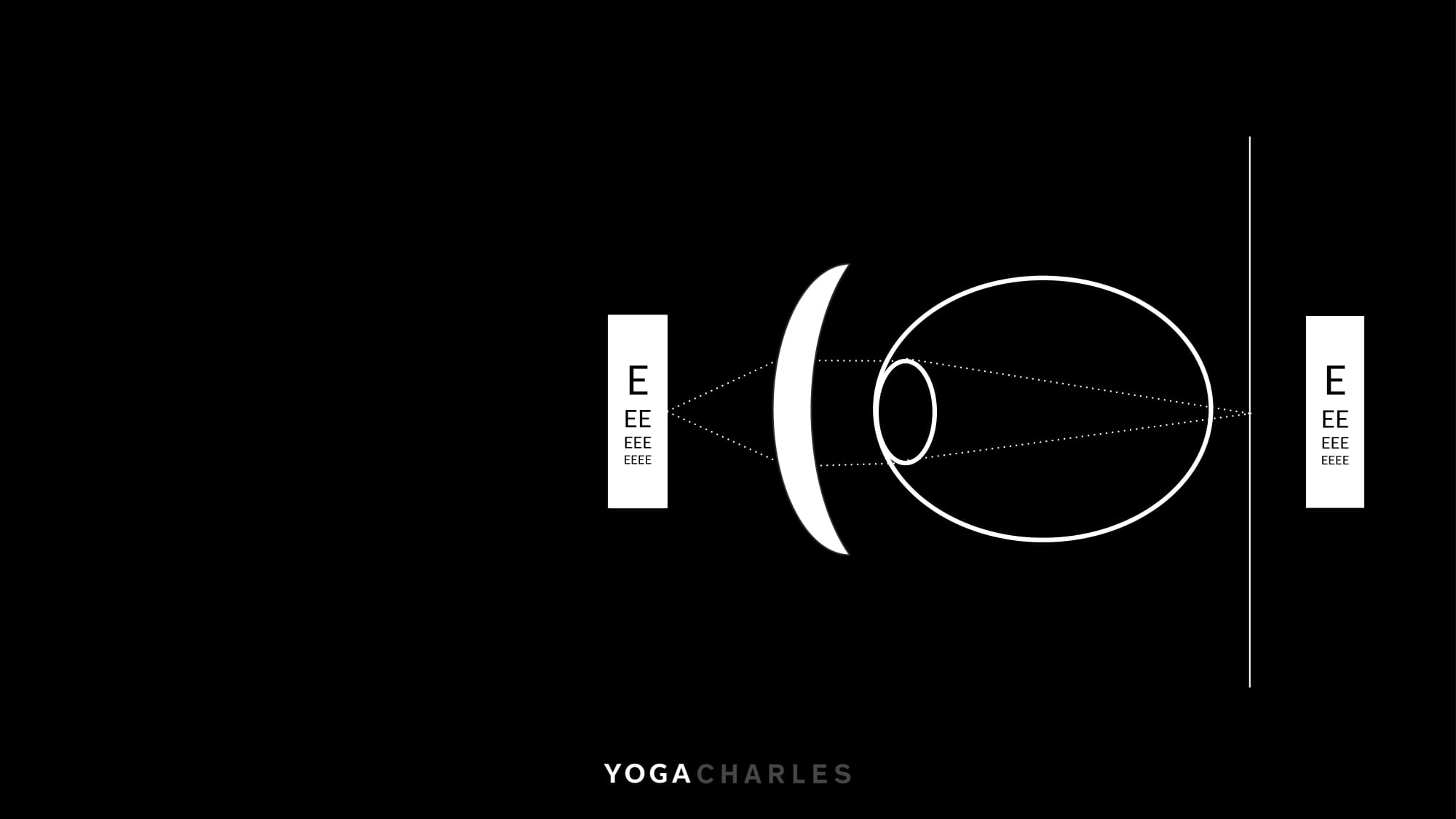
A visual environment is everything that’s outside the eye.
In the case below, it’s:
- the objects that the eye looks at
- the glasses that focuses the light from the object
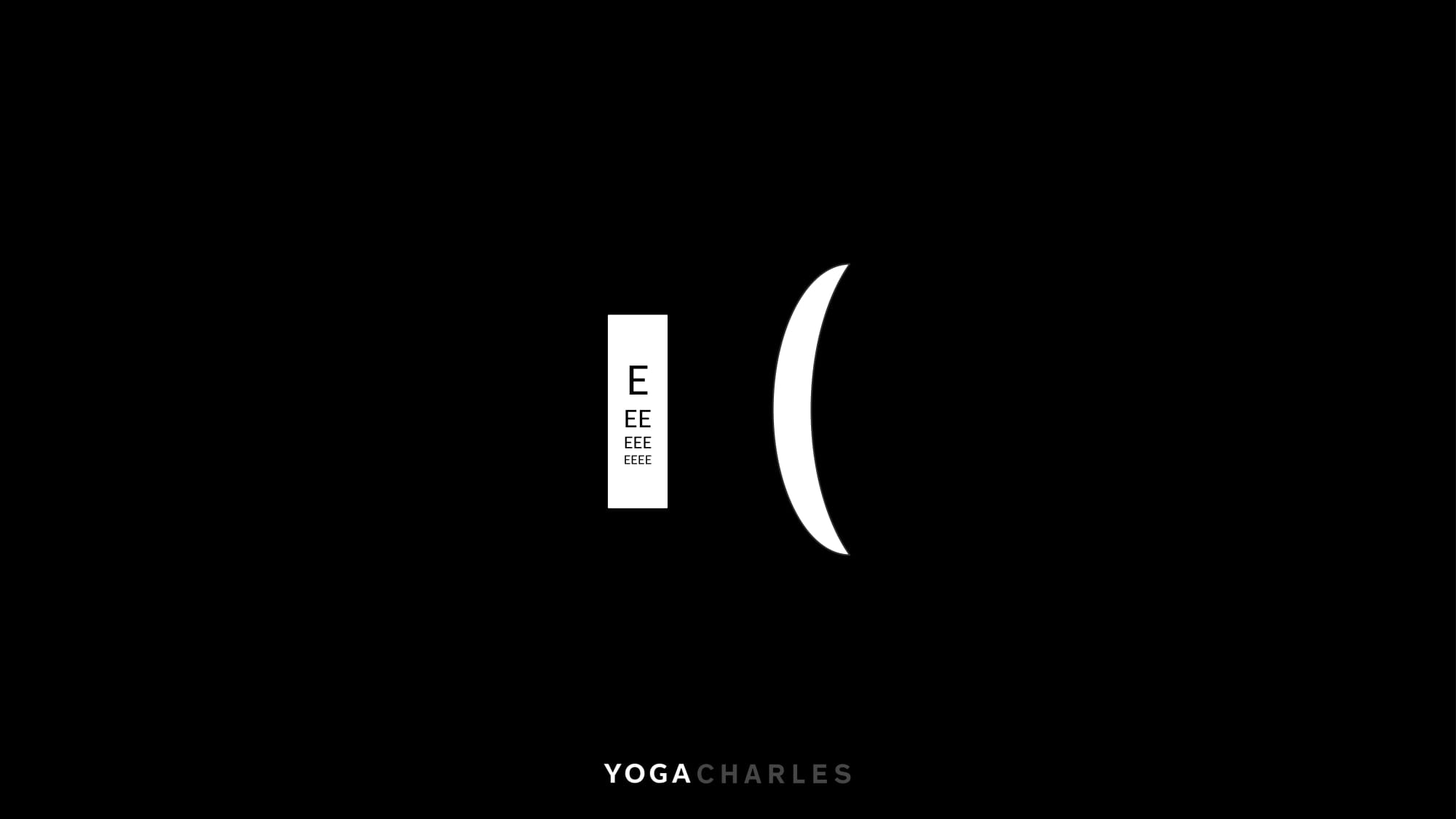
You have a lot of control over your visual environment .
For example, you can decide to wear glasses with a strong prescription…
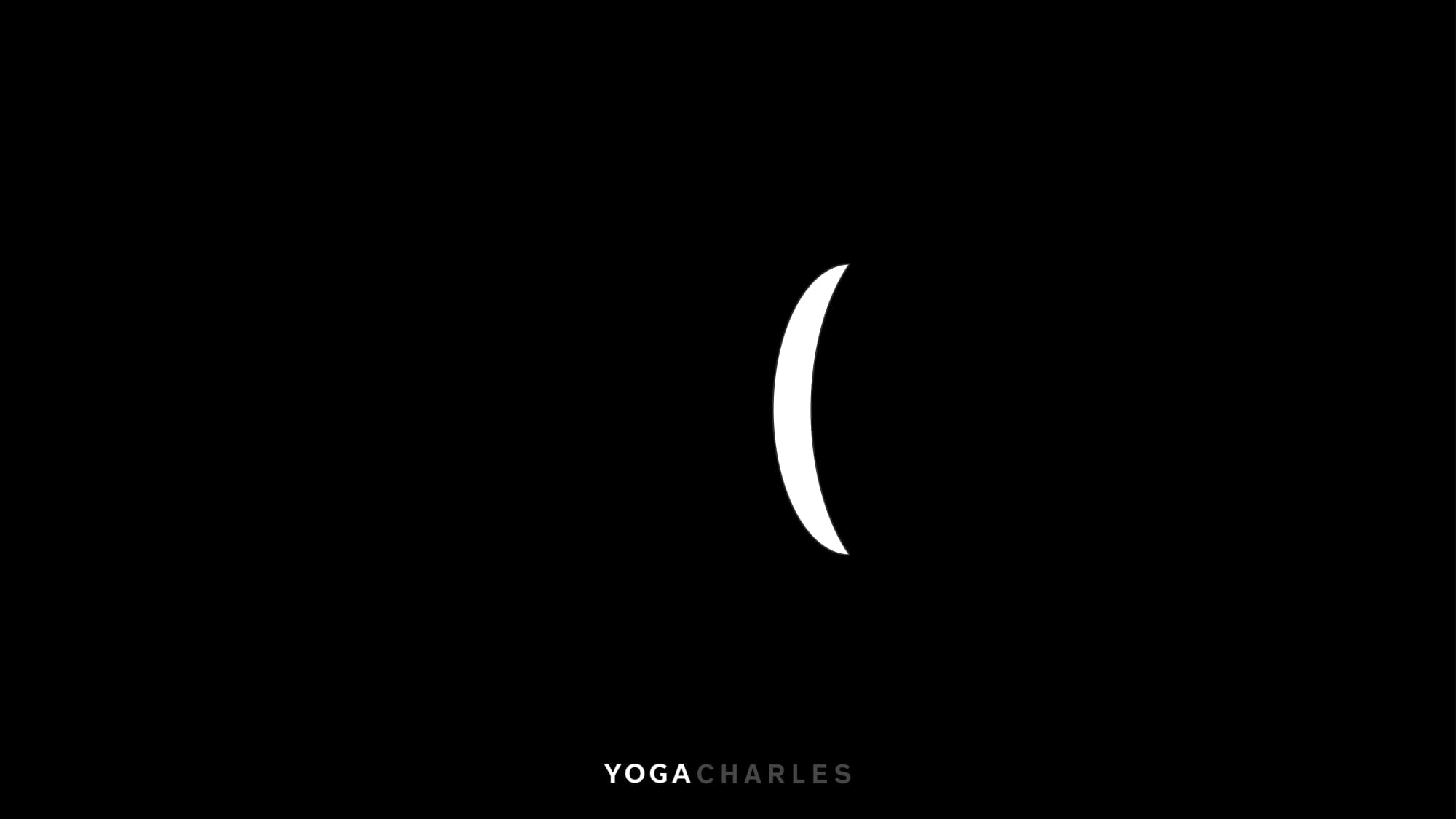
…or to wear glasses with a weak prescription.
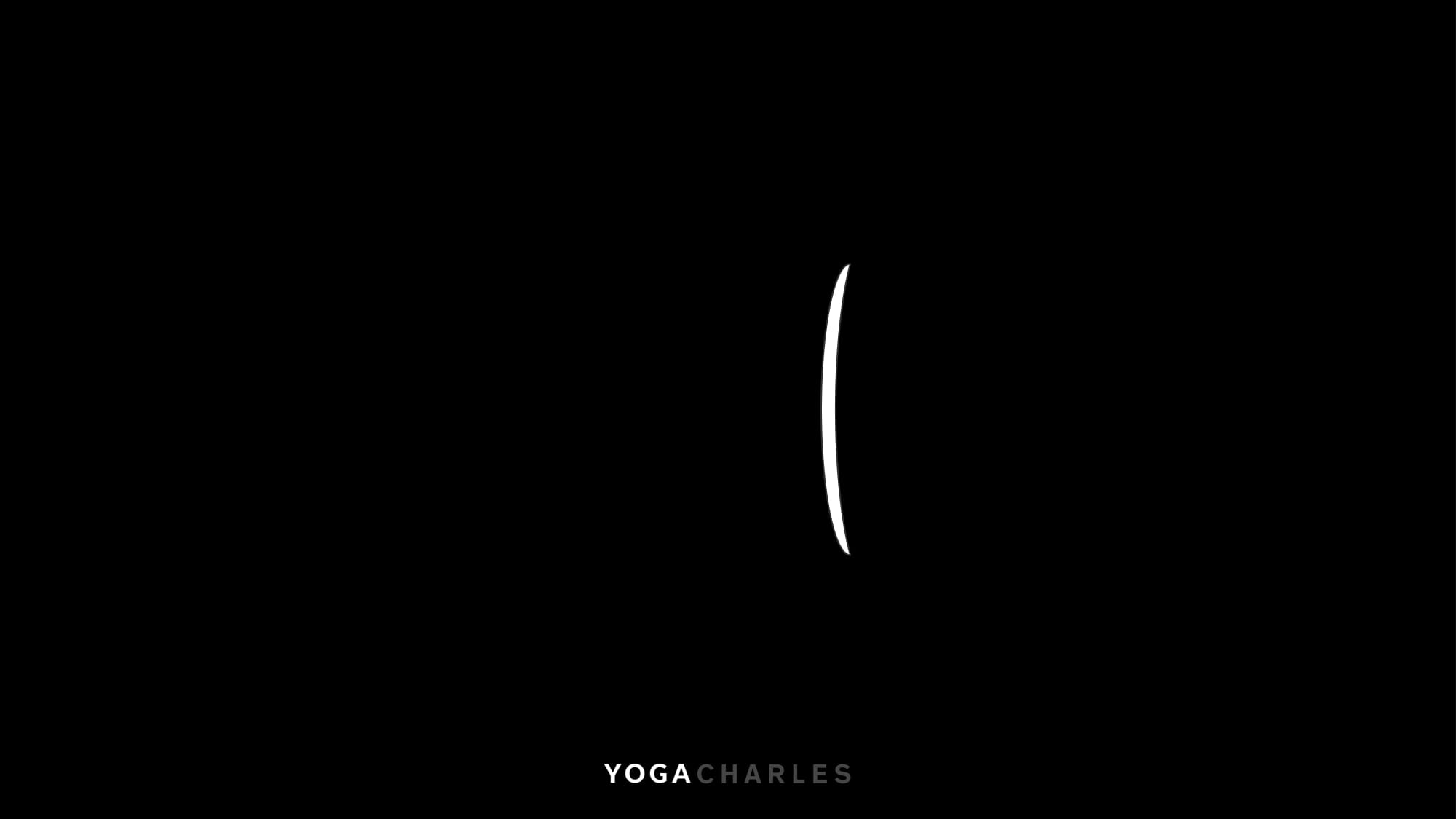
Outside of prescription glasses, you also have control over what kind of light patterns enter the eye.

In other words, you have control over the objects you look at.
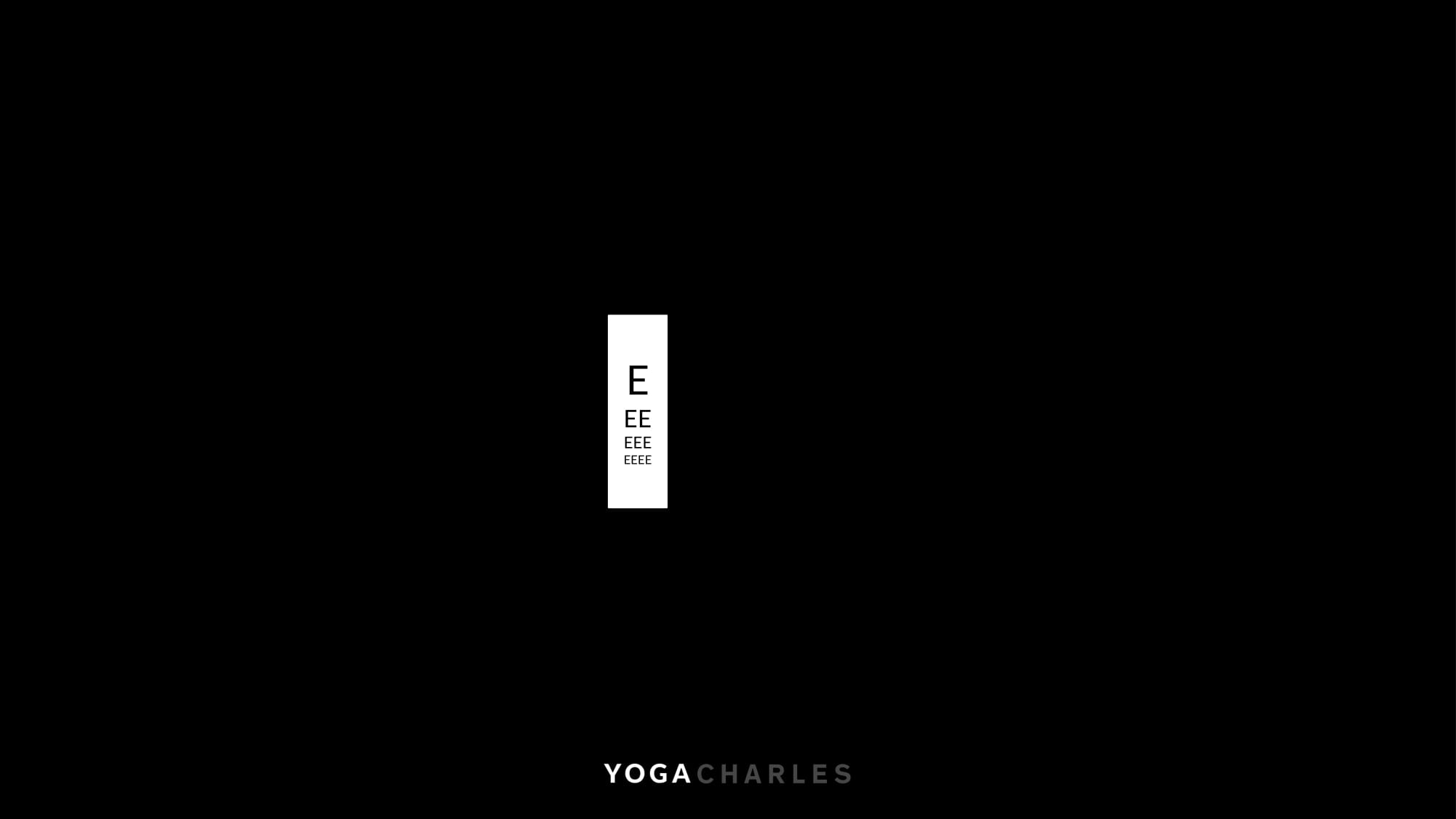
For example, you can change the distance of the object.
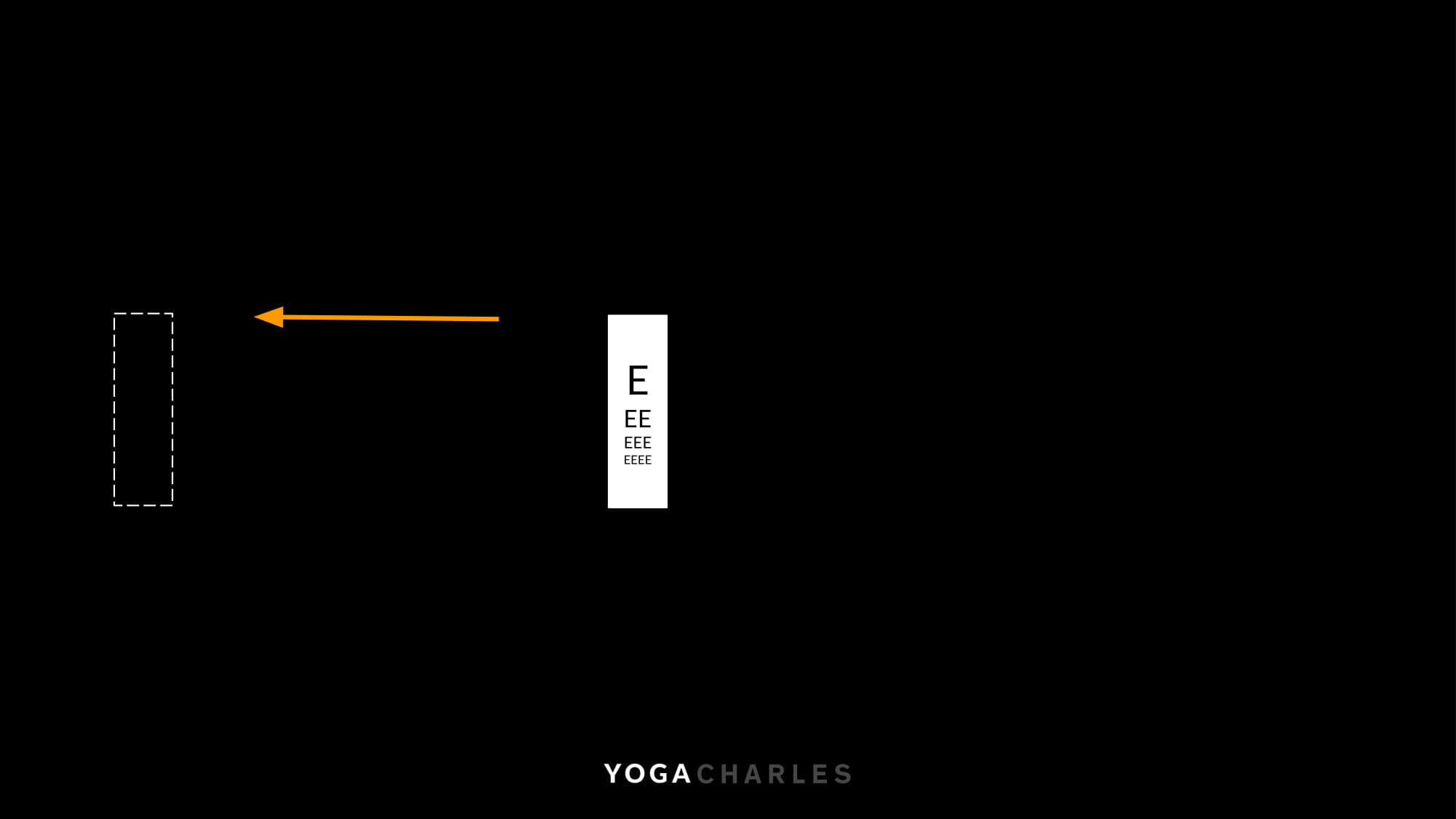
You can change the lighting condition around the object.
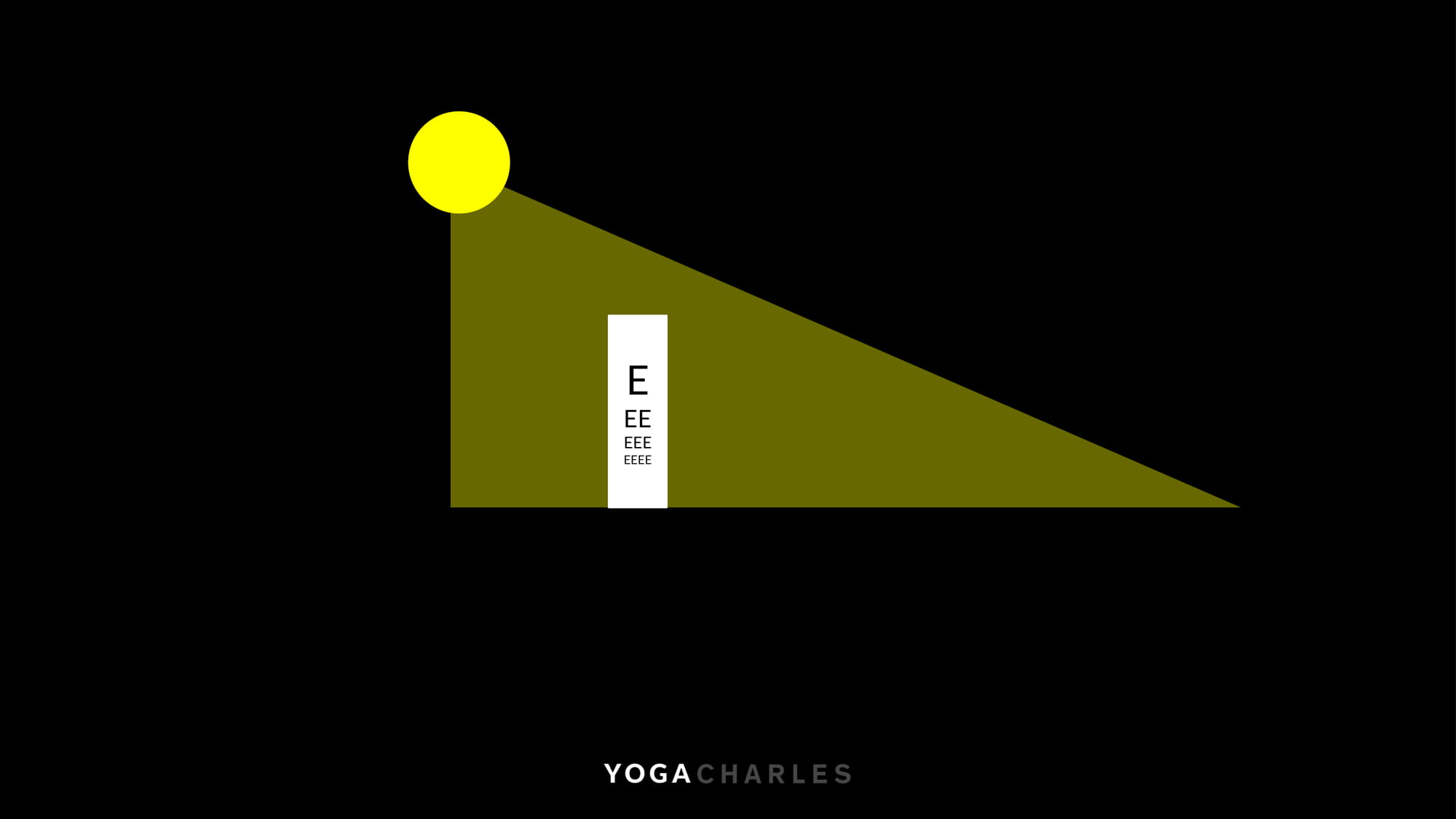
For some objects, you can change the size of the content inside…
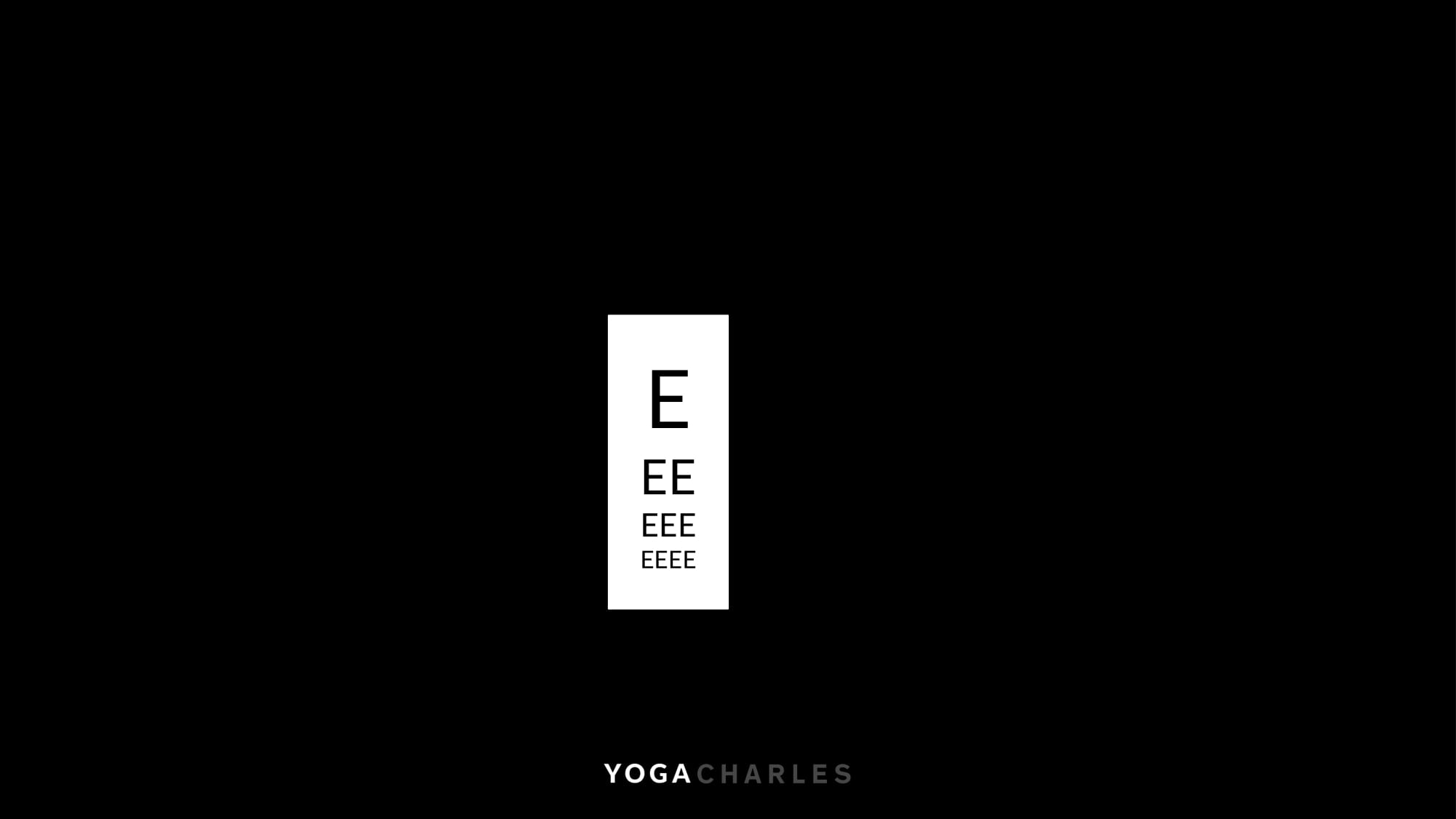
…and the color of the content.
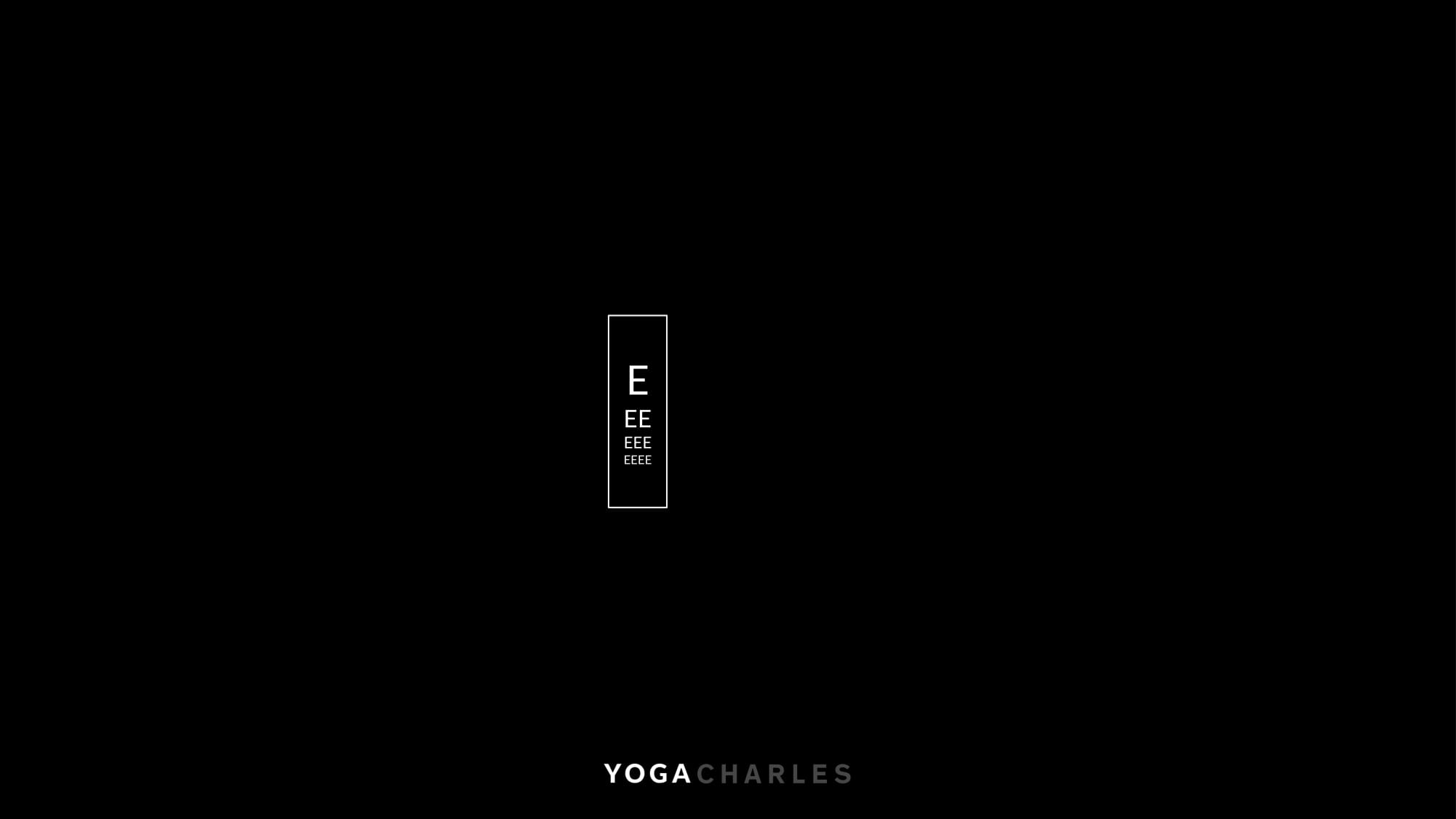
You can also decide to look at a moving object.

You have a lot of control over your visual environment.
But many people are not aware how (and why) the visual environment can lead to Myopia.
In the next section, you’ll learn how to create a visual environment that reverses Myopia.
3. How to use Vision Calibration to Reverse Myopia
A person with Myopia typically has:
- long eyeball
- thick lens
- locked Ciliary Muscles
These 3 outcomes are the result of your eyes attempting to adapt to its visual environment.
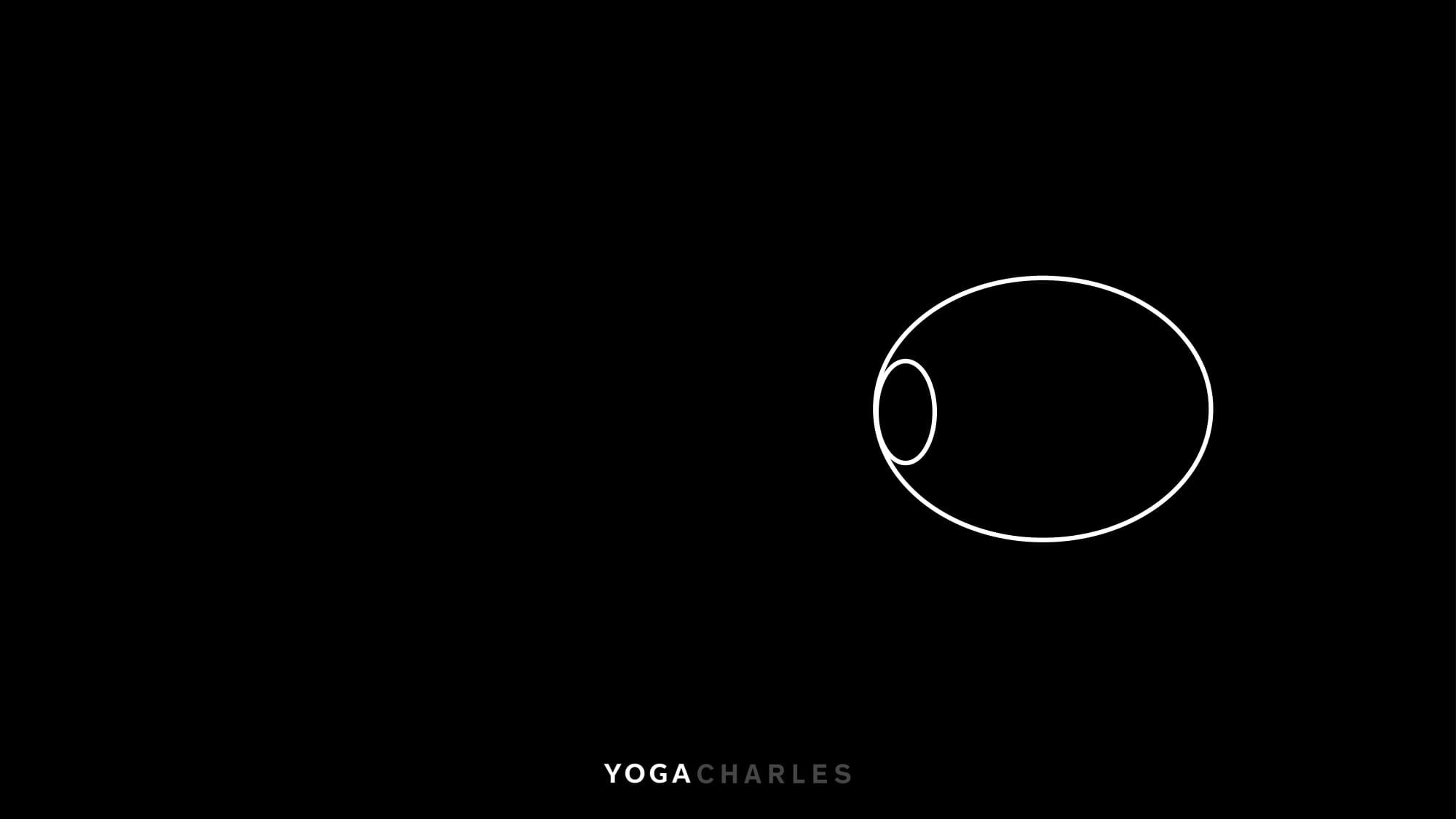
If you can change the visual environment, your eyes can actually adapt in a way that reverses Myopia.
I’ll explain how by revisiting one of the vision systems from before:
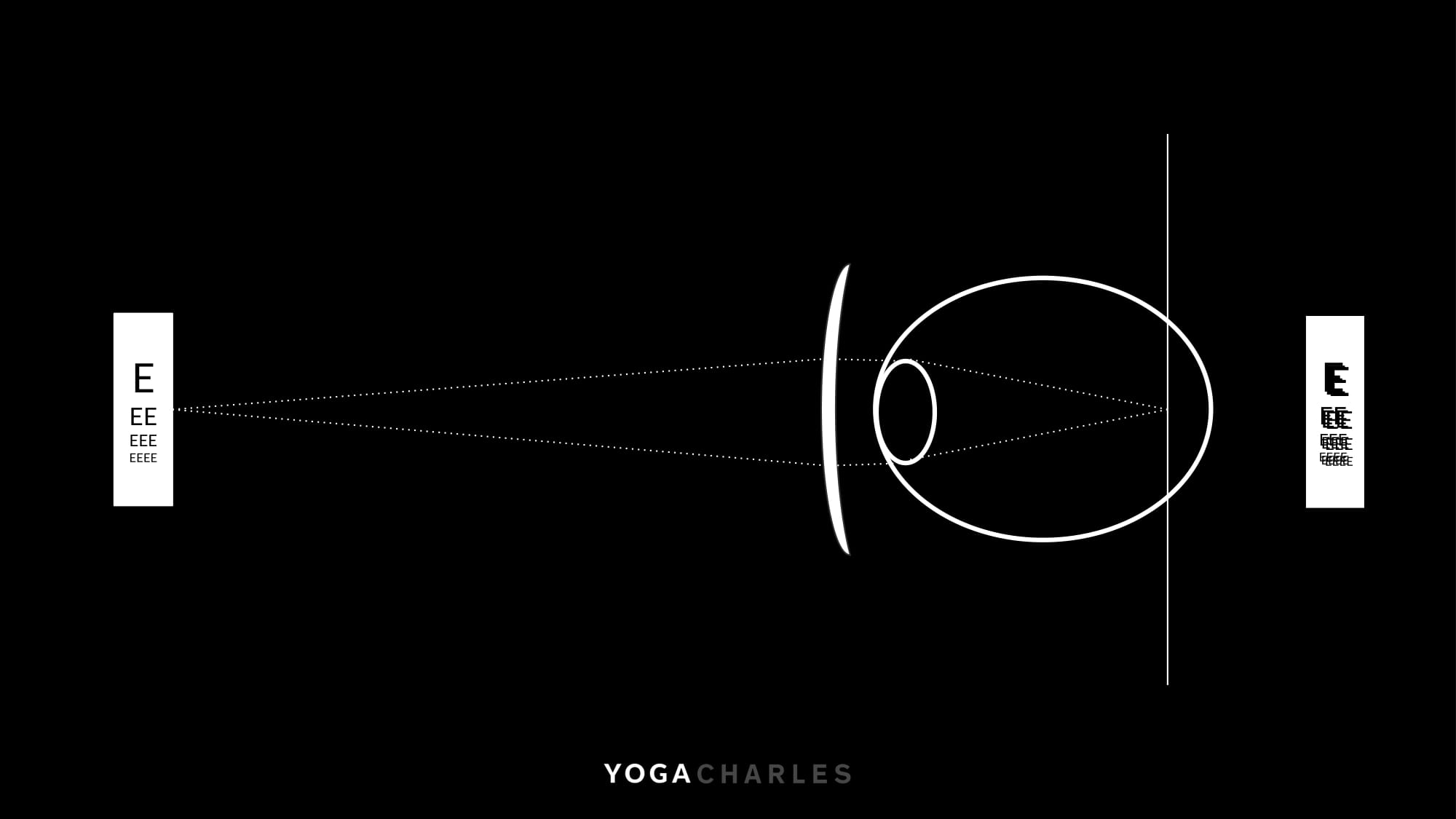
The secret is hidden in the blurry image:
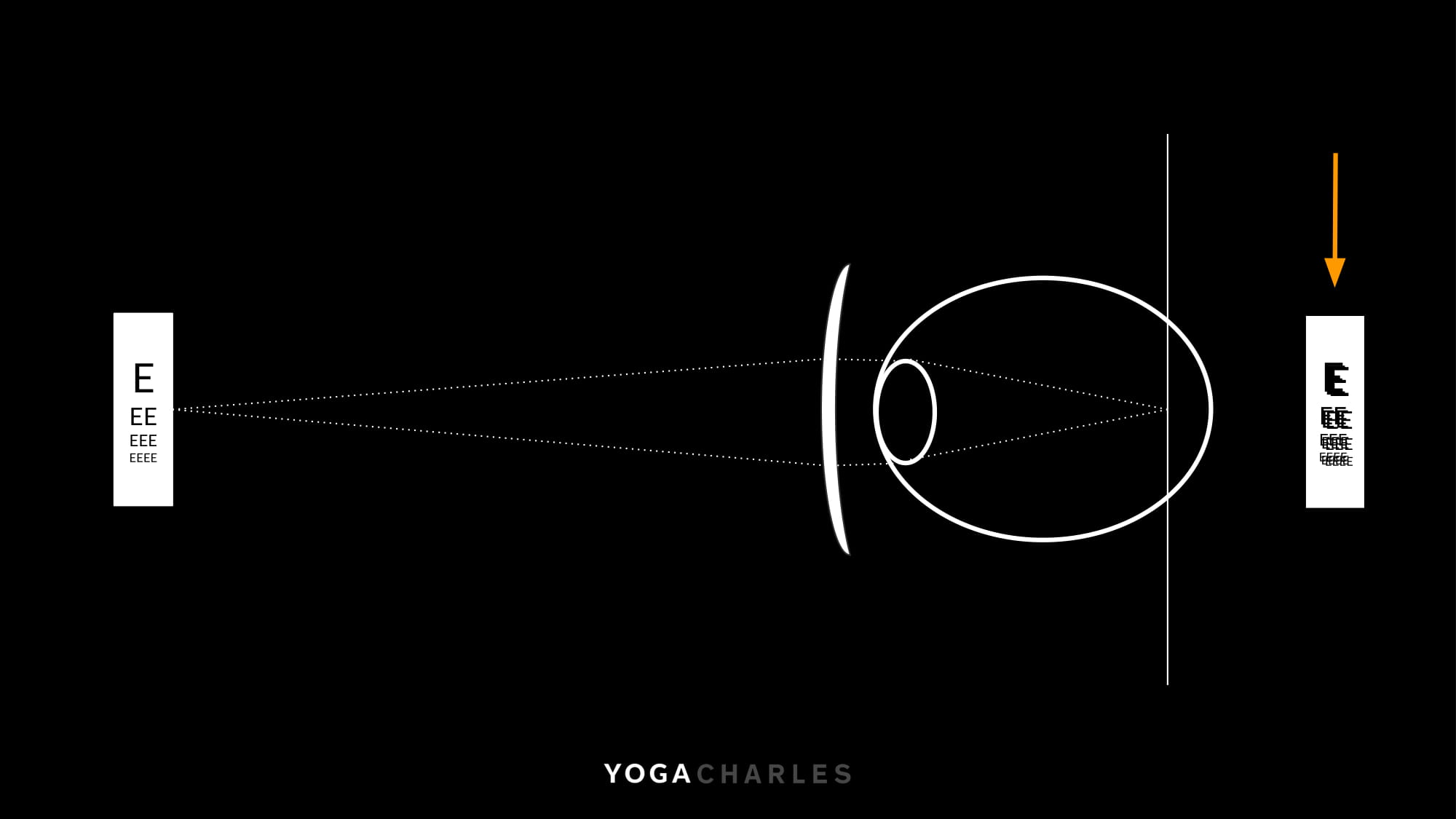
When it comes to vision, people typical think of clarity in 2 extremes:
- Clear
- Blur
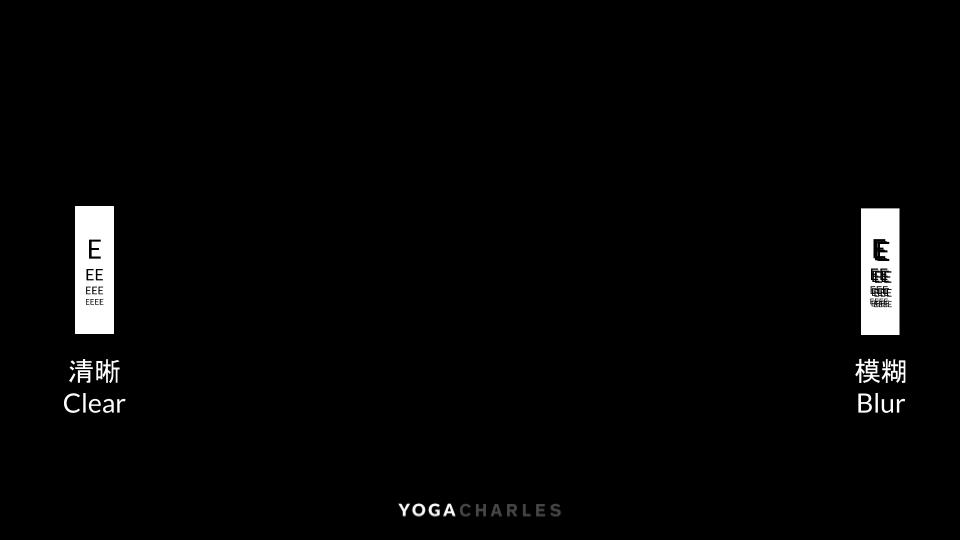
In reality, there is a range between clear and blur.
“Edge of Blur” is where letters start to become fuzzy but still readable.
“Edge of Readability” is where you cannot tell what letter is anymore.
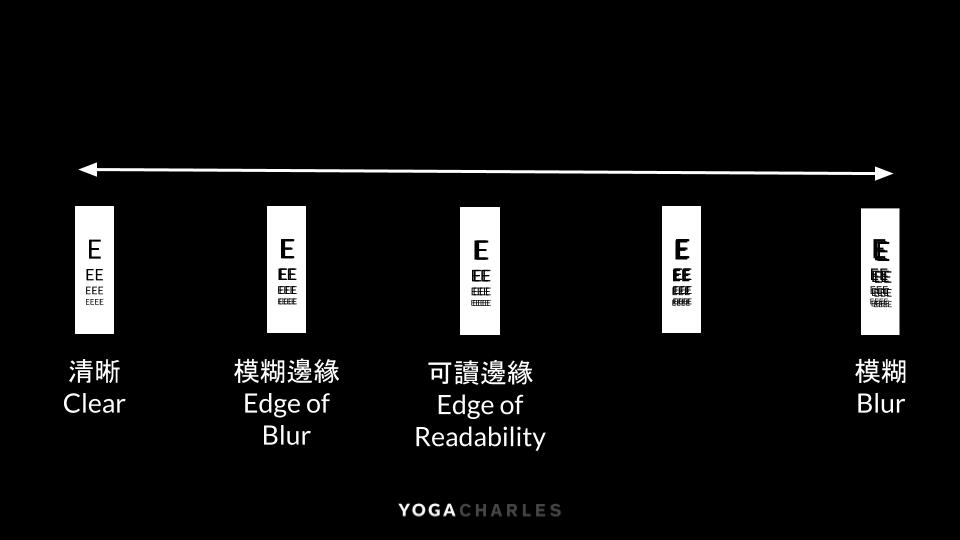
If your focus point is between the edge of blur and the edge of readability, your eye can change slightly and the image briefly becomes clearer.
If your focus point is past the edge of readability, then your eye does not change and the image remains blurry.
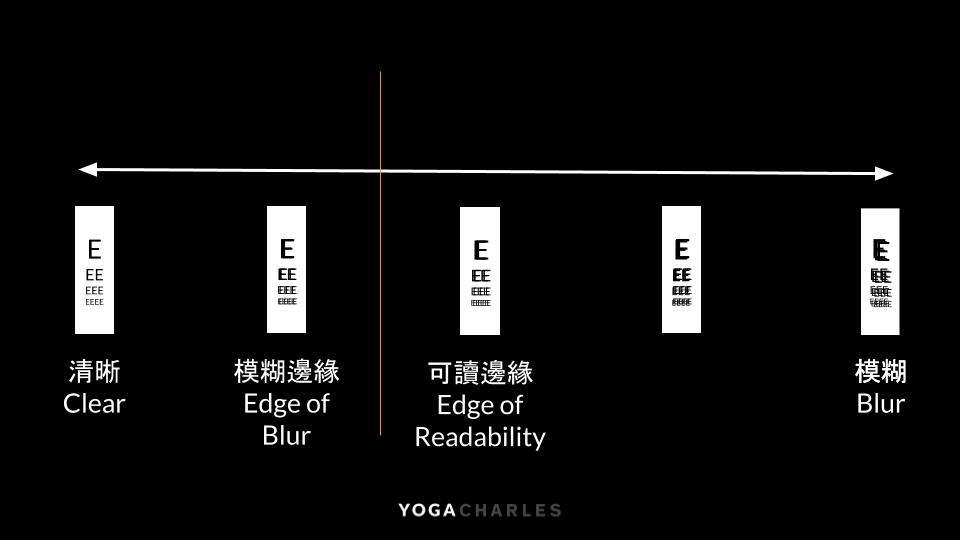
Practicing active skills such as warm up exercises, strengthening skills, and relaxation skills make it easier for your eyes adapt towards towards clarity. Given enough small changes, the temporary changes become long term changes, and Myopia starts to reverse.
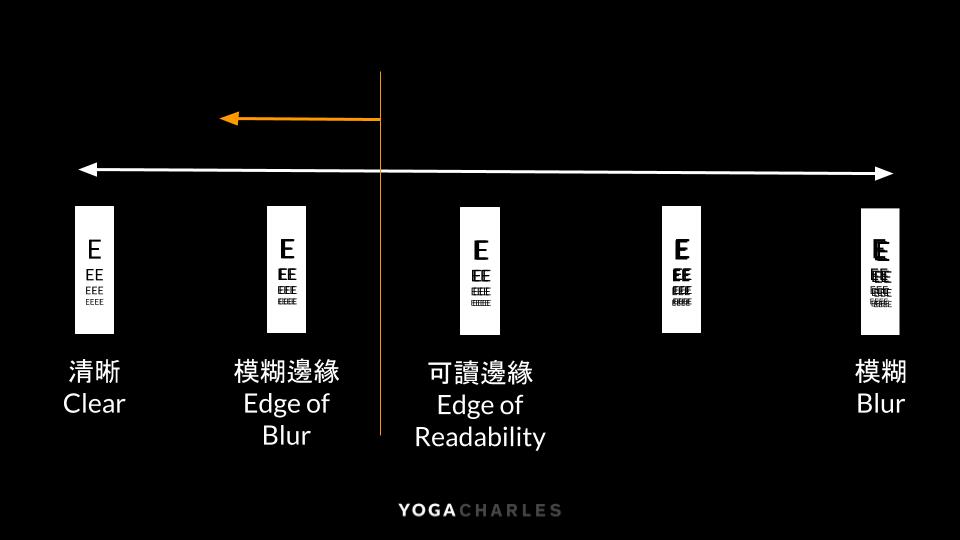
In order to give your eye the opportunity to change towards clarity, you want a slightly blurry visual environment.
This slight blur should be between the edge of blur and the edge of readability.

There are 2 cases to consider when creating a slightly blurry visual environment:
- Looking far
- Looking near
Let’s first talk about looking far…
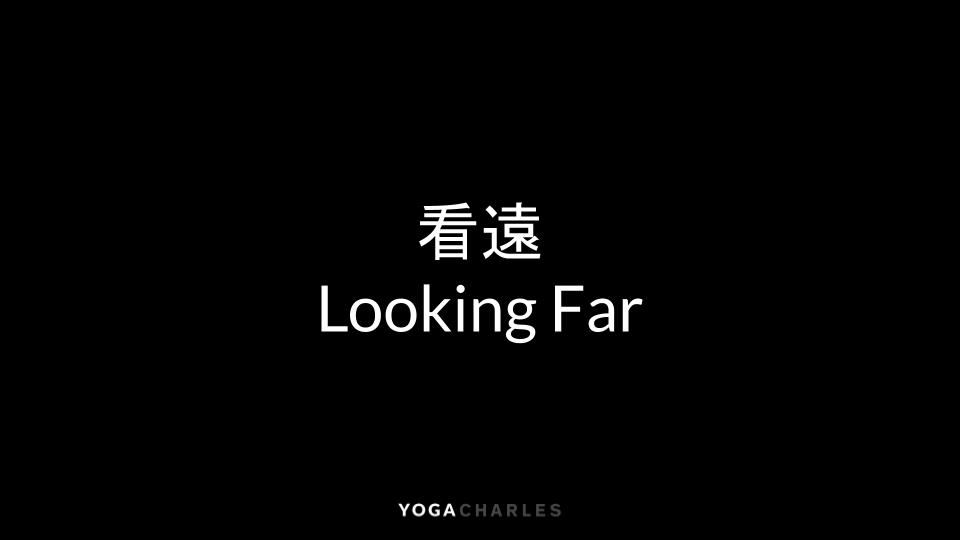
After visiting the optometrist, you are likely prescribed a pair of distance glasses (or contact lenses) that helps you see clear.
The point of focus is at the back of the eyeball.
The eye does not have to change to see clear.

The better way is to get a pair of distance glasses that helps you see with a slight blur.
The point of focus is slightly way from the back of the eyeball.
This forces the eye to work in order to see clear.

If the blur is at the right level, then the eye will work to change itself to see clearer.
The shape of the eyeball and the lens will both change.
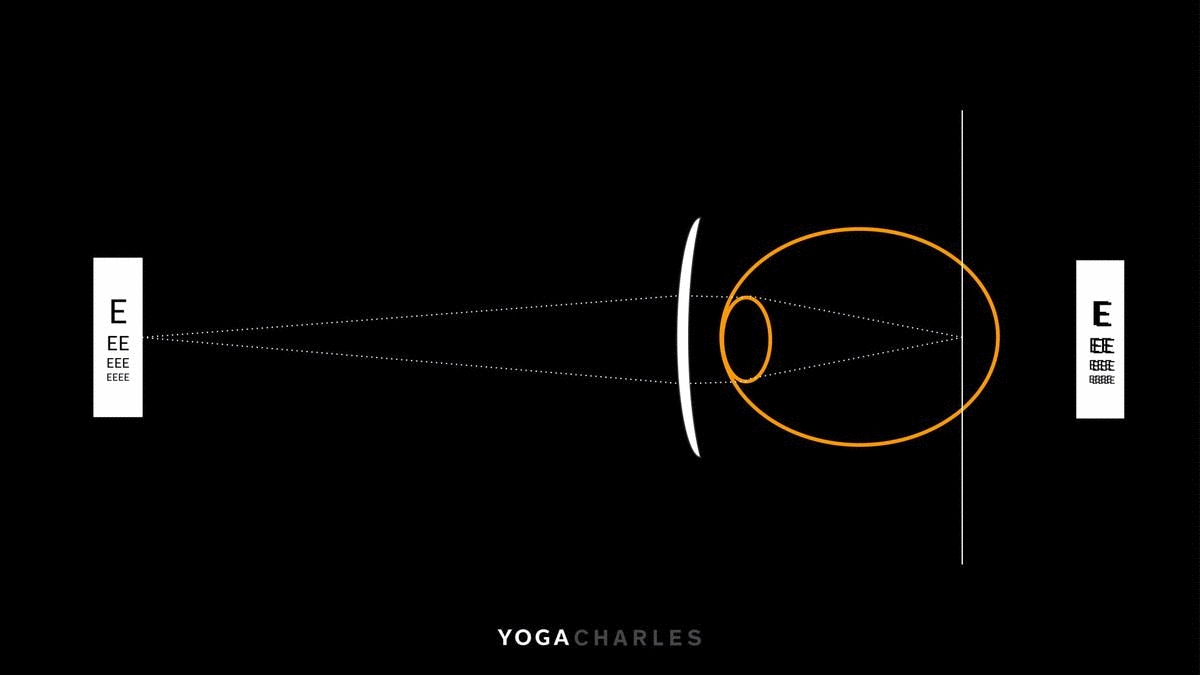
Let’s next talk about looking close…
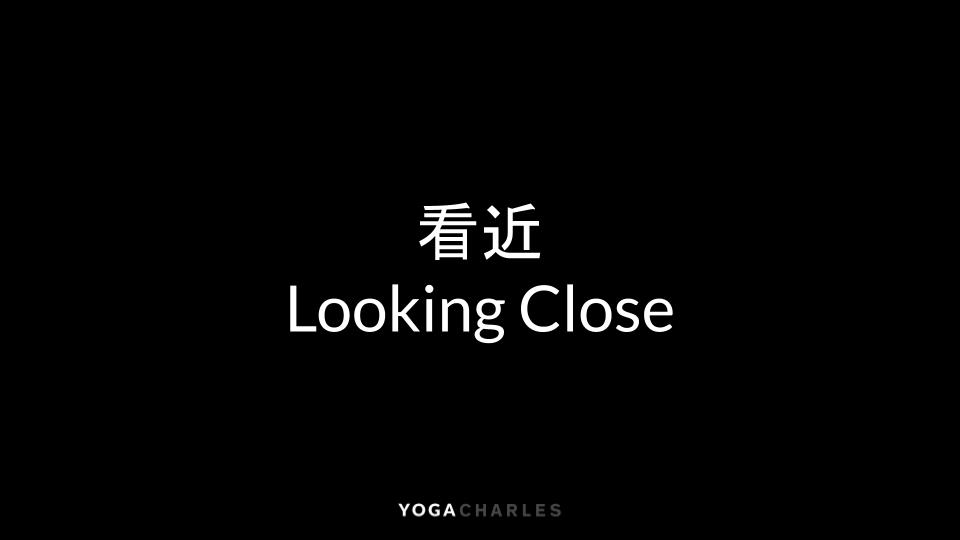
Most people do not take off their distance glasses when look close.
This causes the shape of the eyeball to lengthen, increasing Myopia
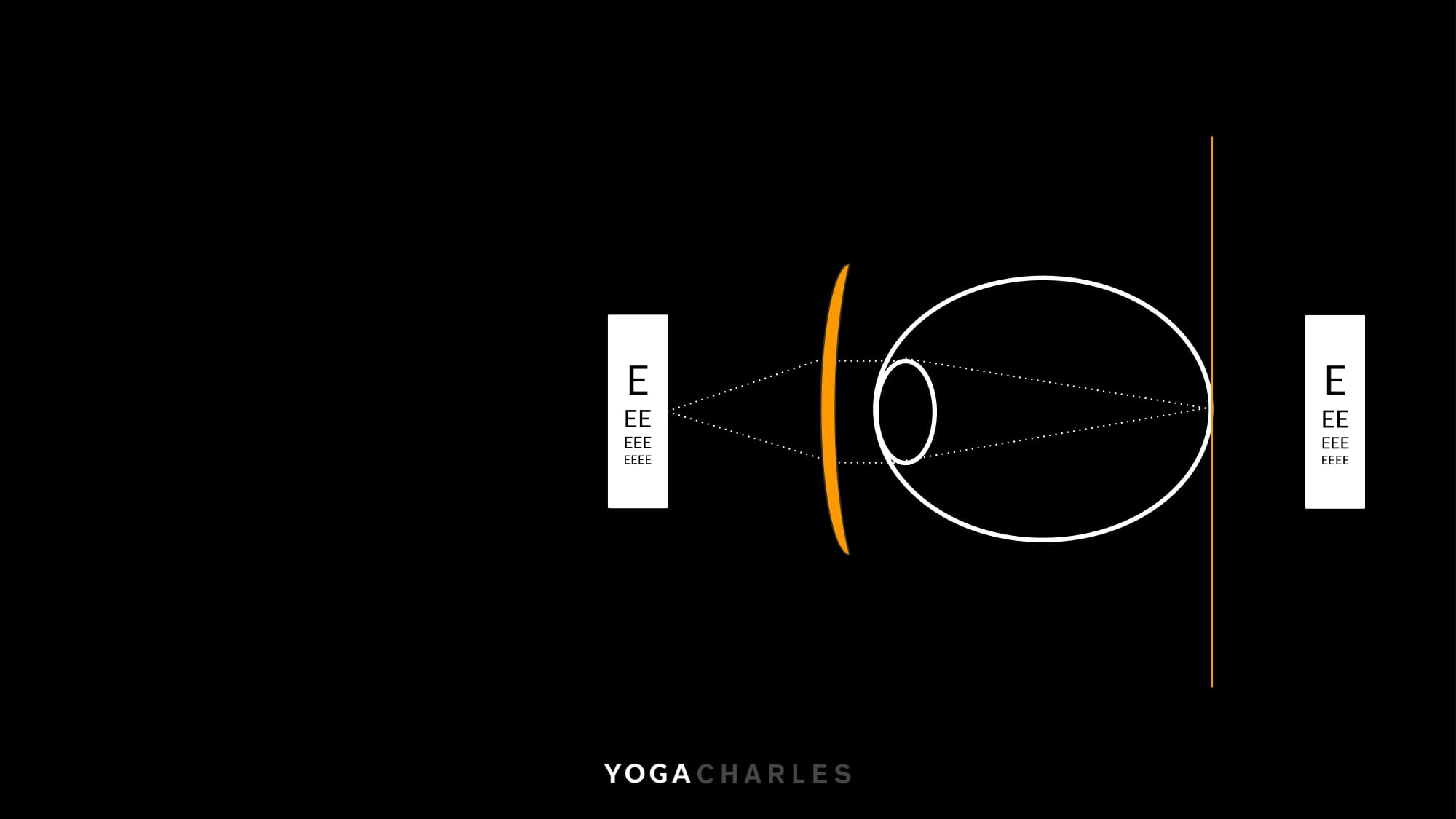
The better way is to see slightly blurry with one of the options below:
- weaker distance glasses
- no glasses
- reading glasses
The eye will work to change itself to see clearer.
The shape of the eyeball will change.
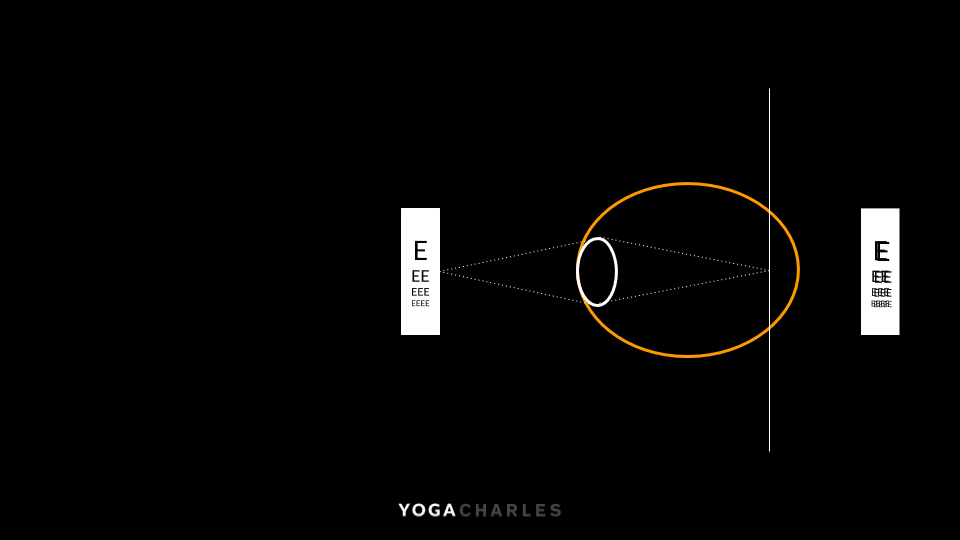
If your prescription is less than 2 diopters, you’ll likely be able to see clearly without distance glasses.
At this stage, you can use reading classes bring the point of focus away from the back of the eye.
This creates a slightly blurry visual environment and can shorten your eyeball.
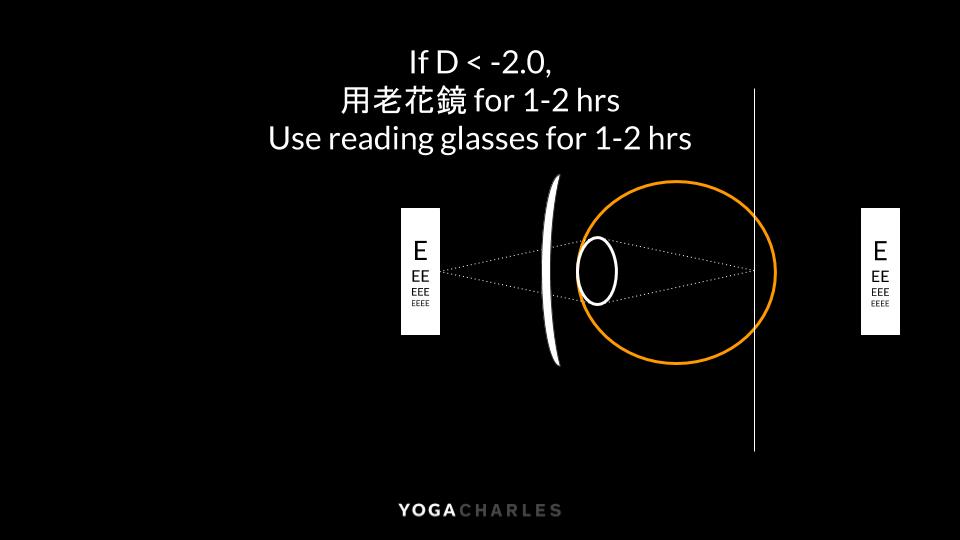
In a report published in May 2020, the axial length of the eye ball was measured to shorten after 40 minutes of blur.
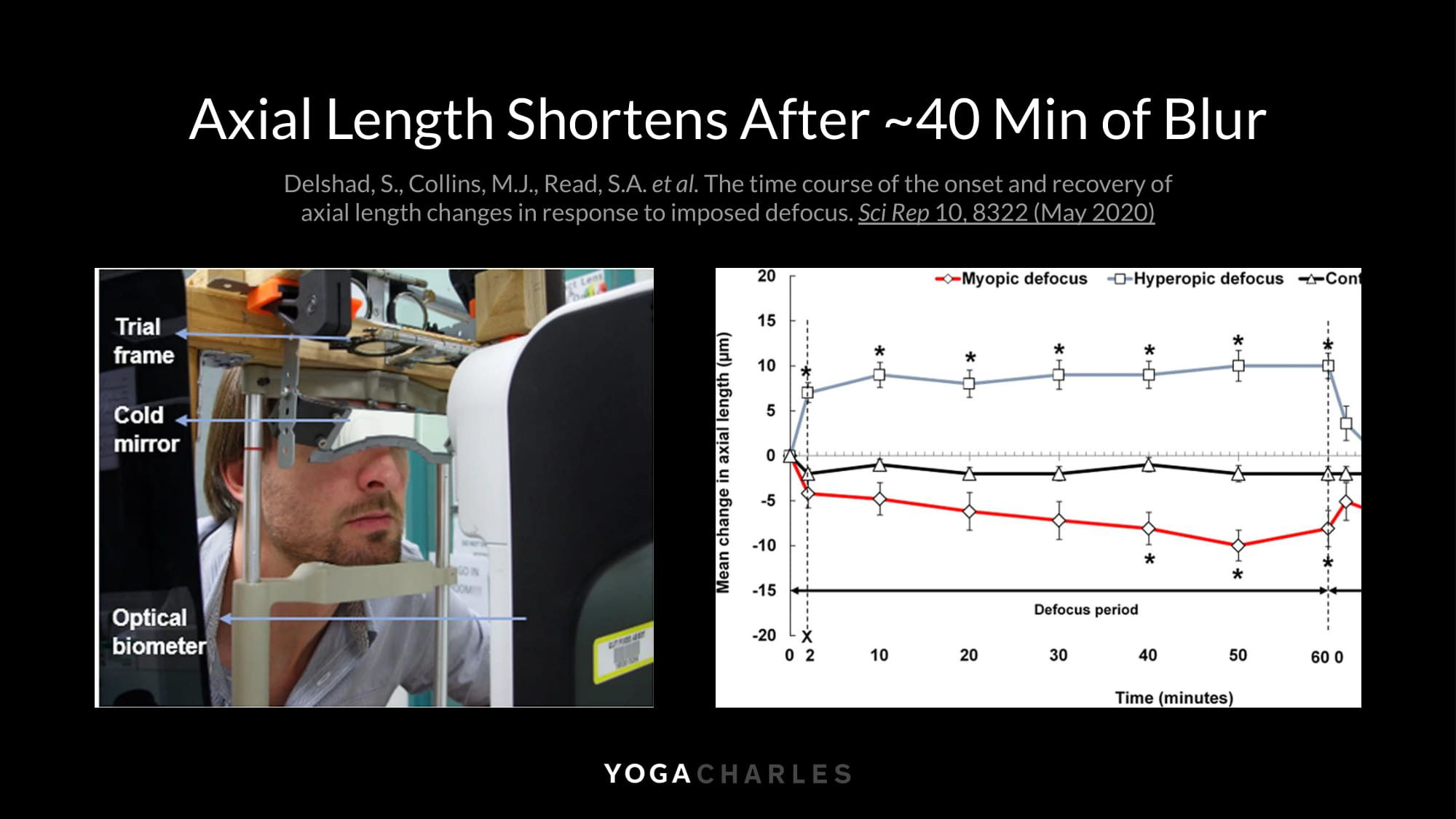
There are many other ways to reverse myopia by simply changing the visual environment.
In a report published in July 2018, it was discovered that reading white text on a black background inhibits Myopia after 1 hour.
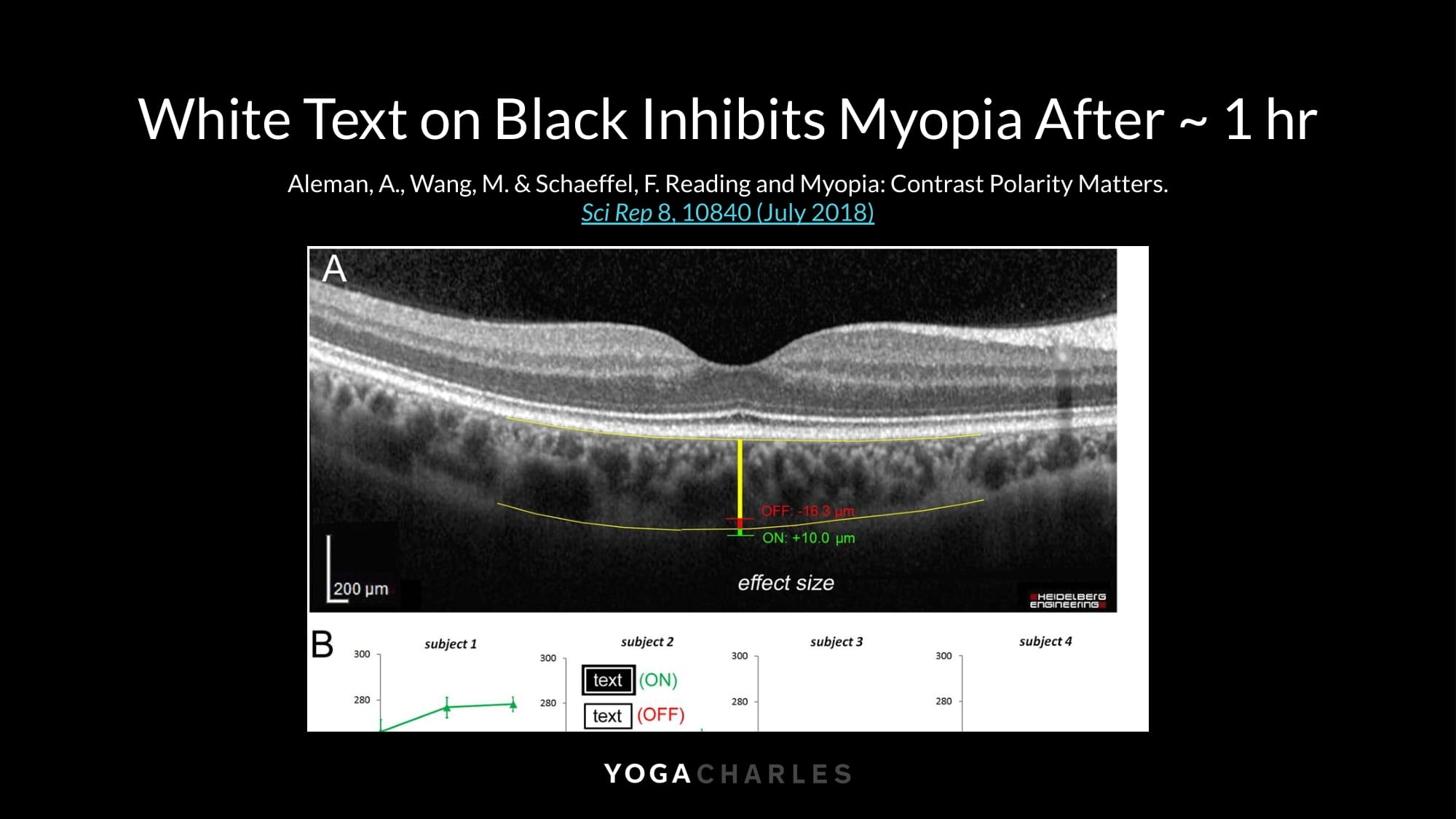
In a report published in October 2015, it was discovered that outdoor light has role in reducing short-sightedness in kids
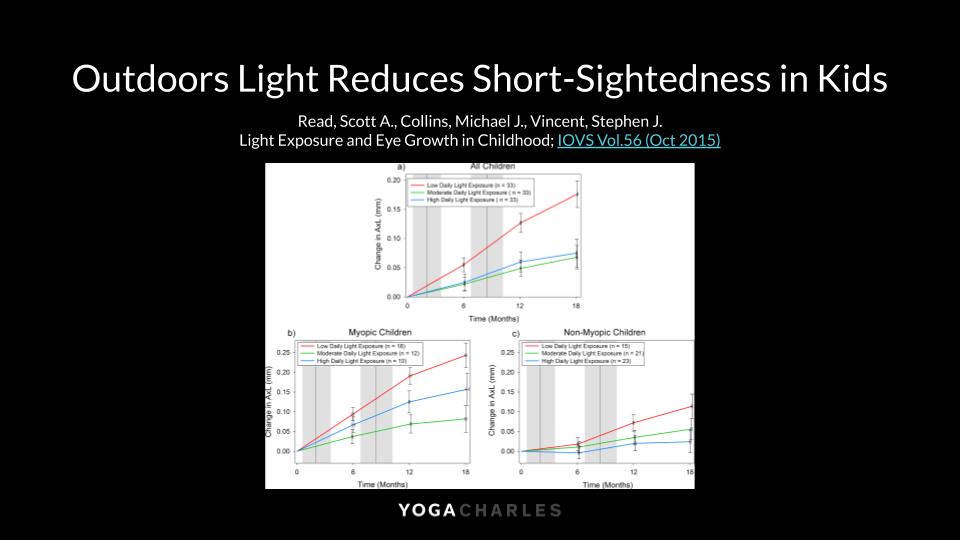
Imagine how quickly your vision system will change if you just gave it the right environment…
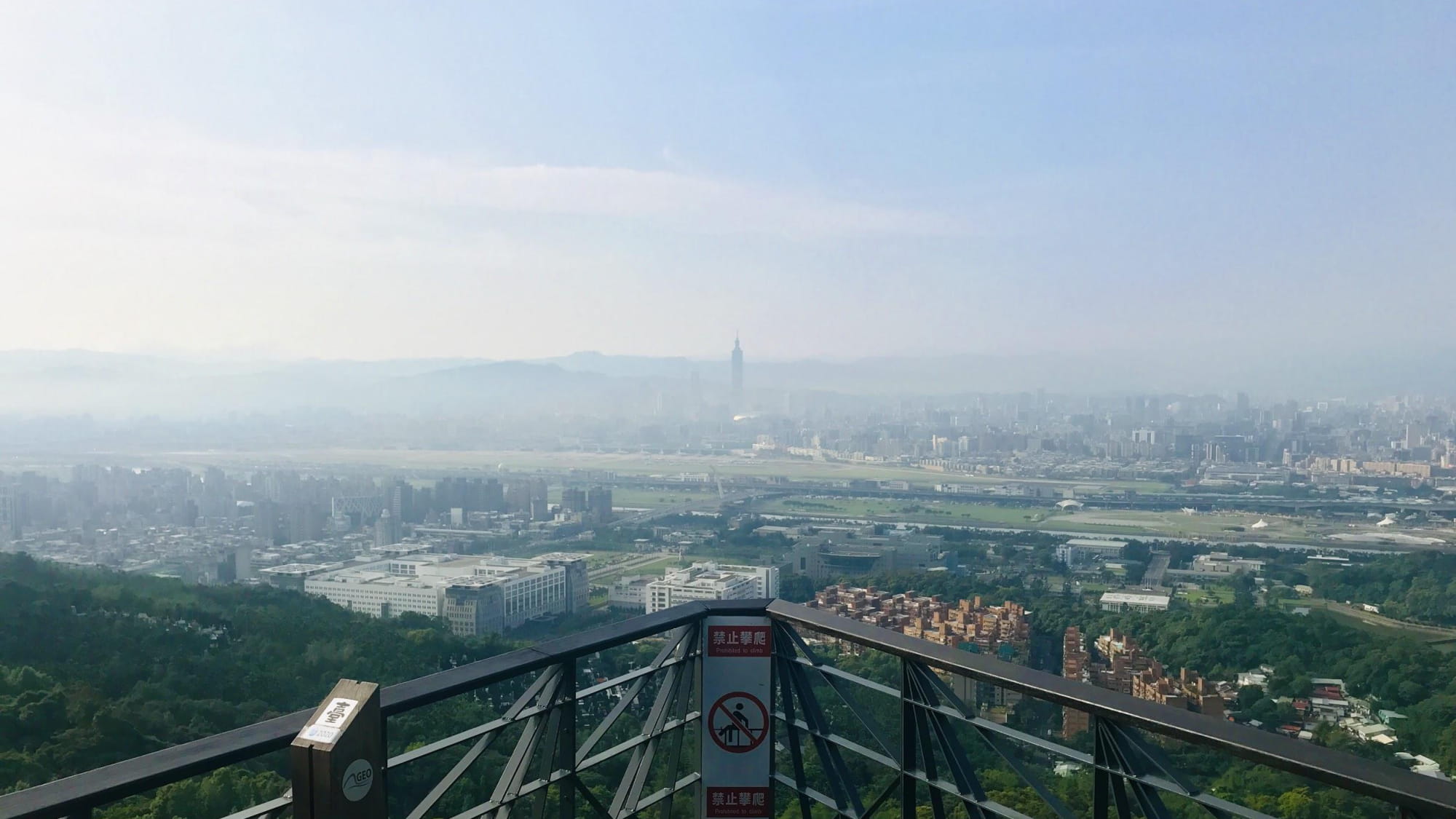
To summarize: Myopia is caused by your eye adapting to a close-up visual environment with distance glasses. A visual environment is made up of objects that form light patterns entering the eye. If you change the visual environment from being perfectly clear to slightly blurry, your muscles and nervous system will slowly adapt, reversing your Myopia.
Change your visual environment, calibrate your vision, reverse your myopia.
I’m Charles, former-NASA engineer turned Yoga Teacher.
Want to train with me in person? Fill out the application below.
I’ll teach you how to improve your vision and help you fall in love with your practice.
